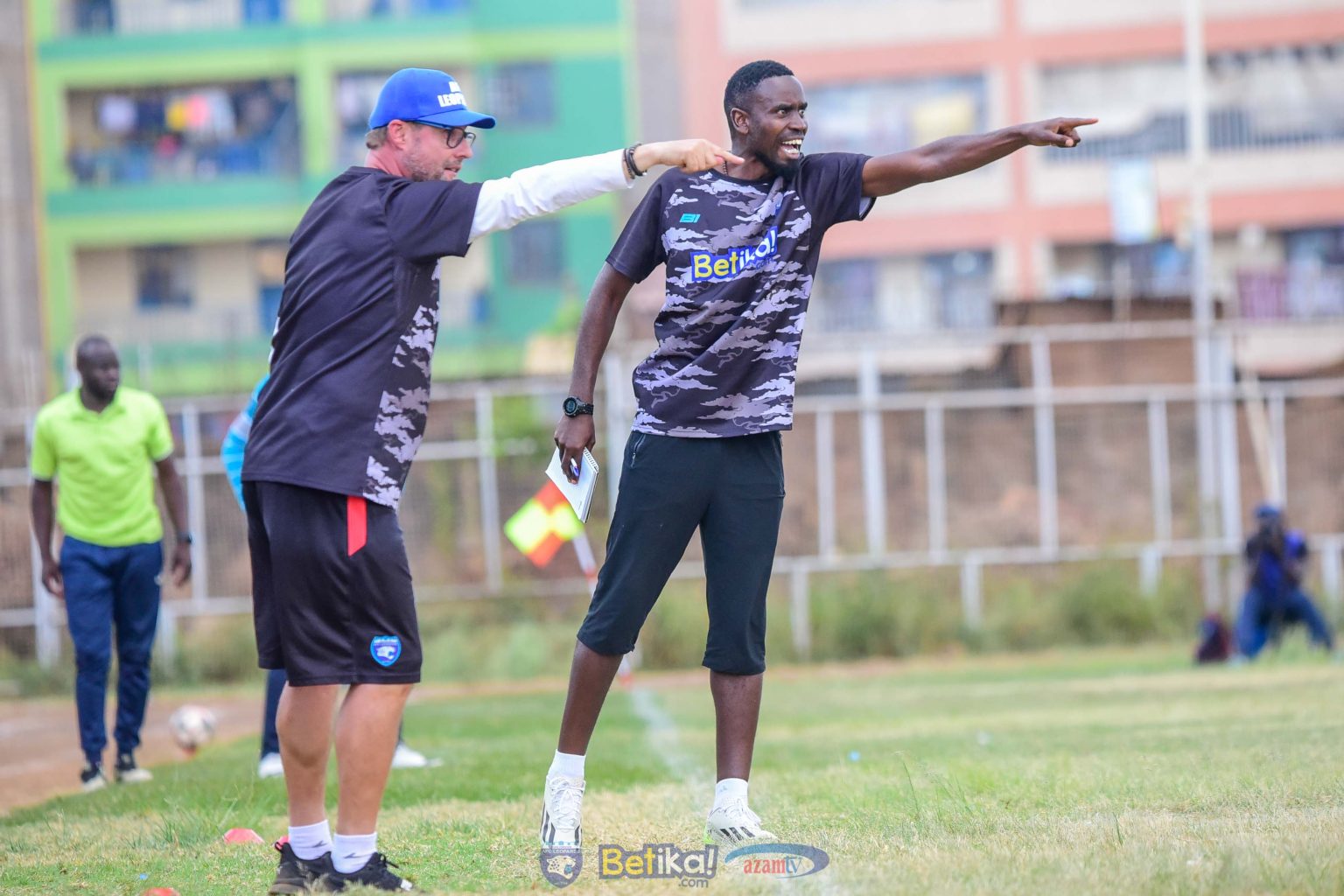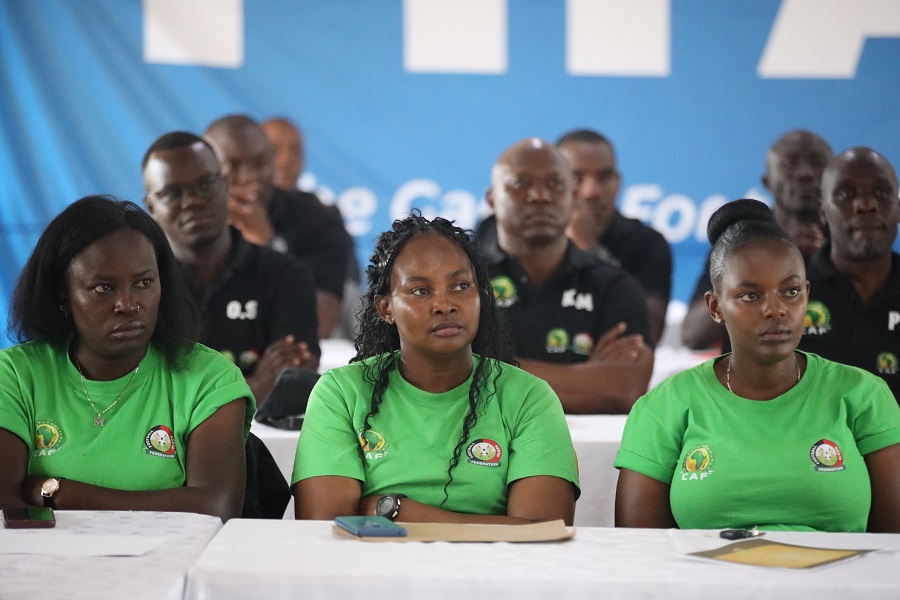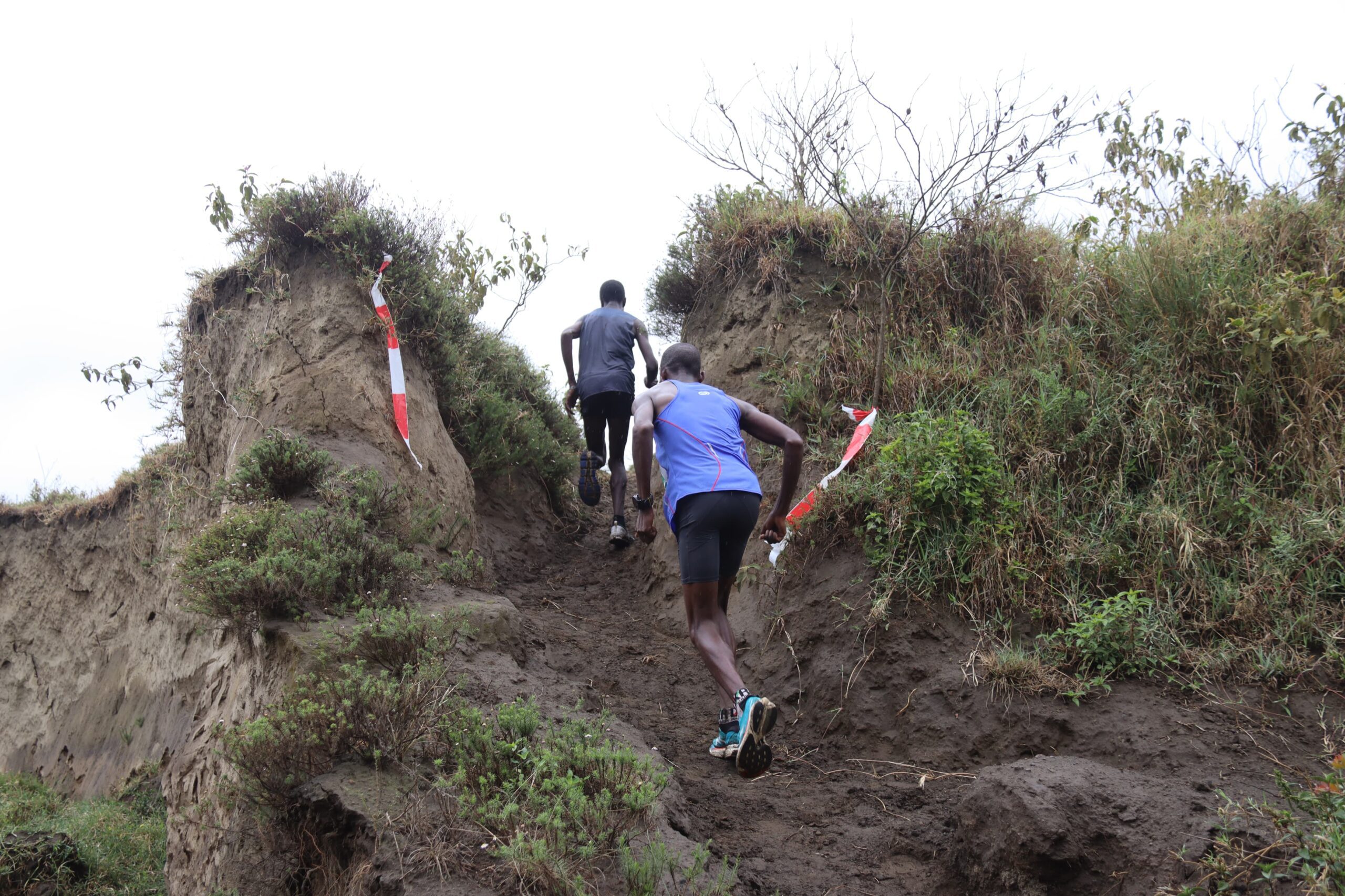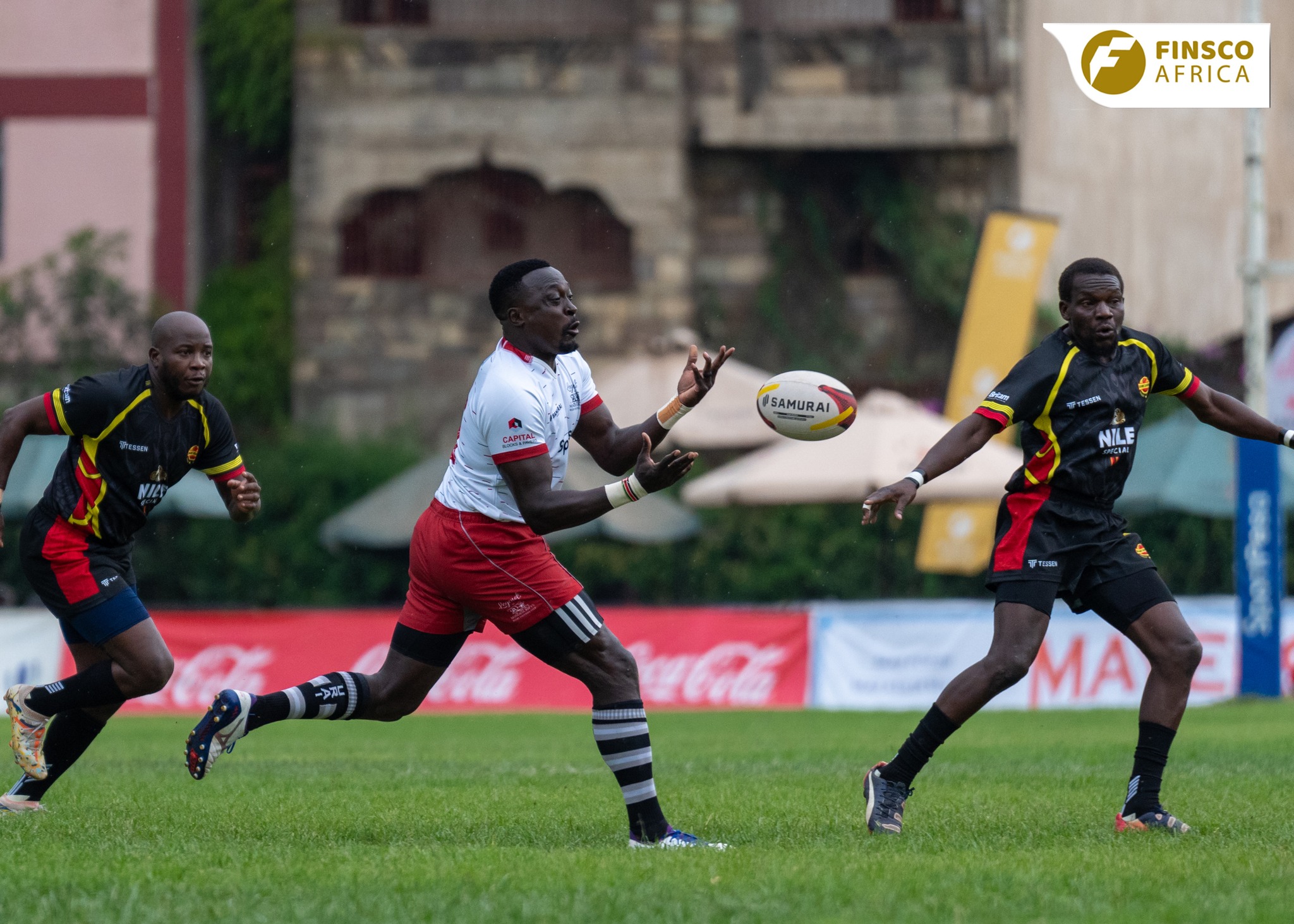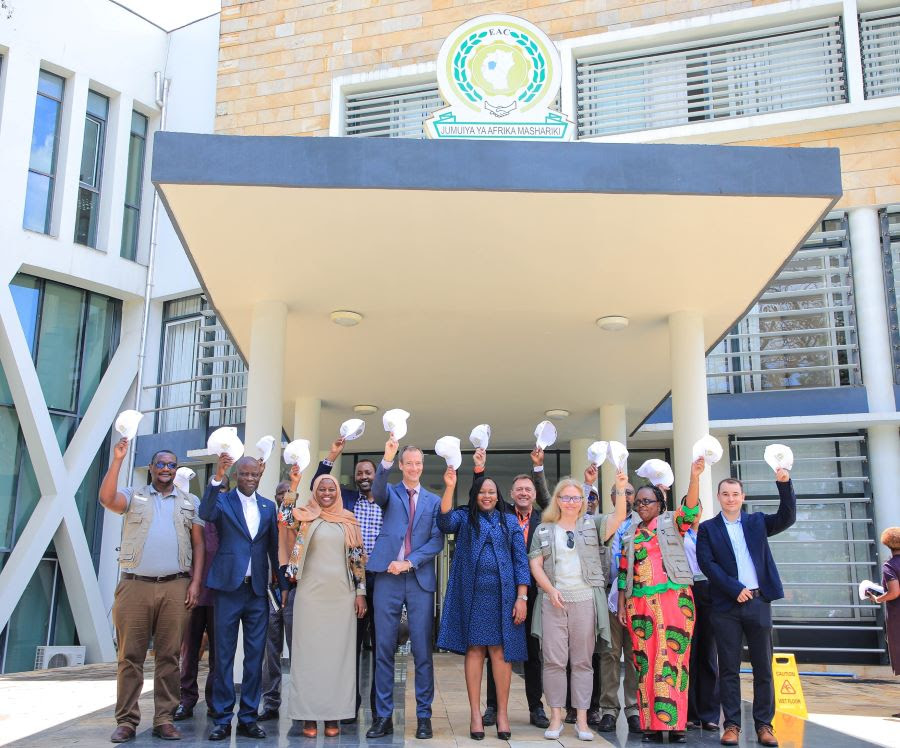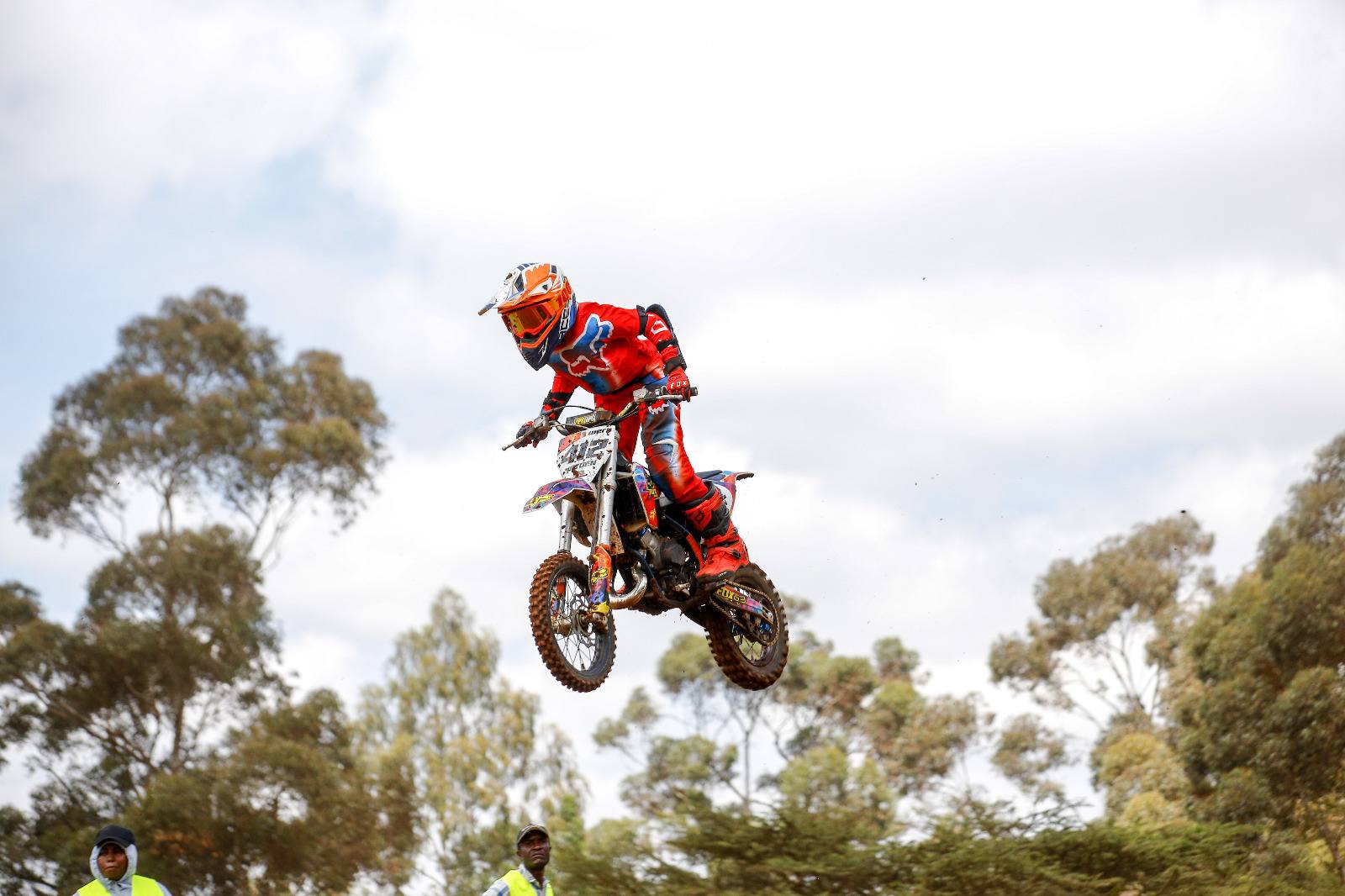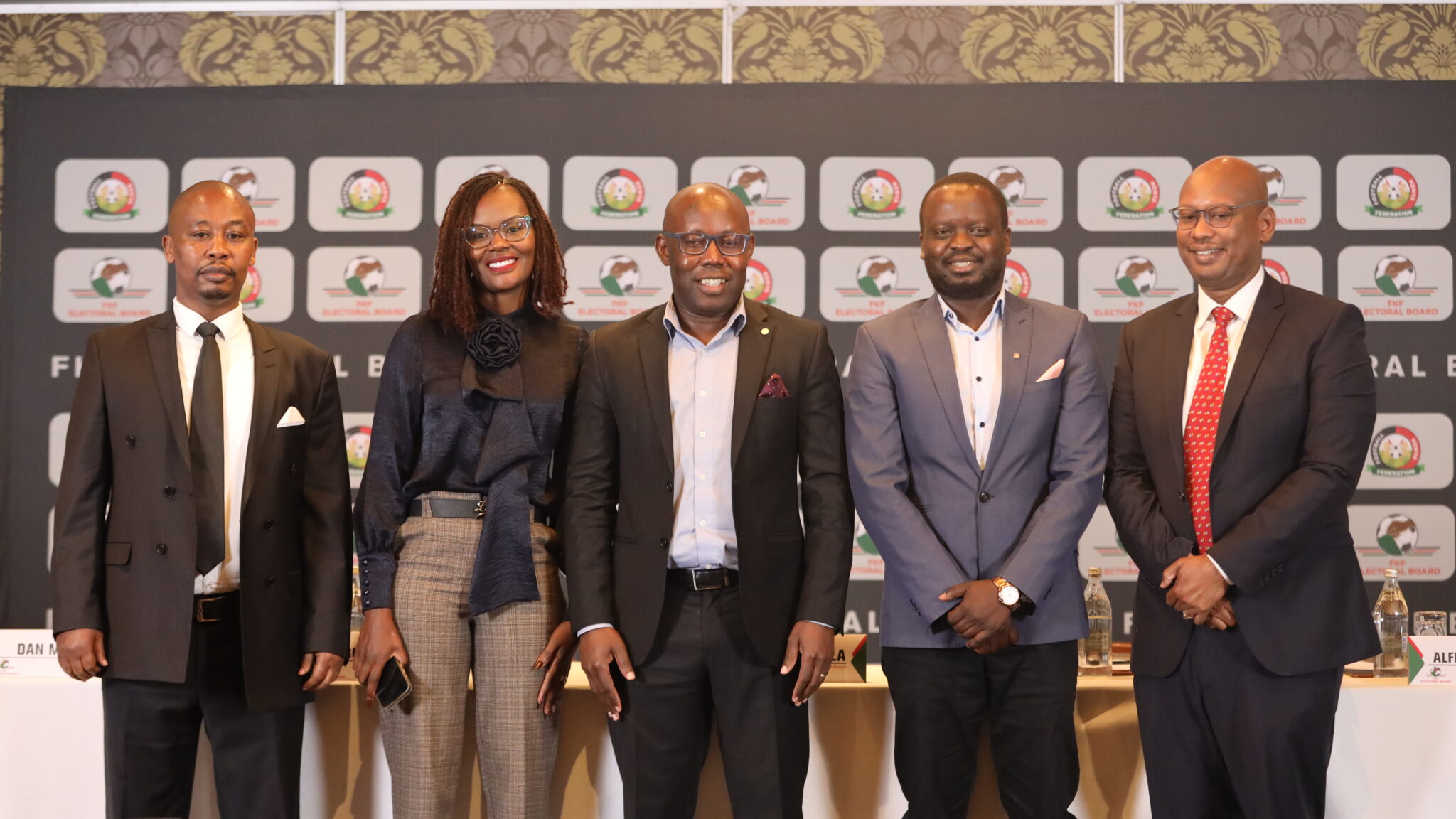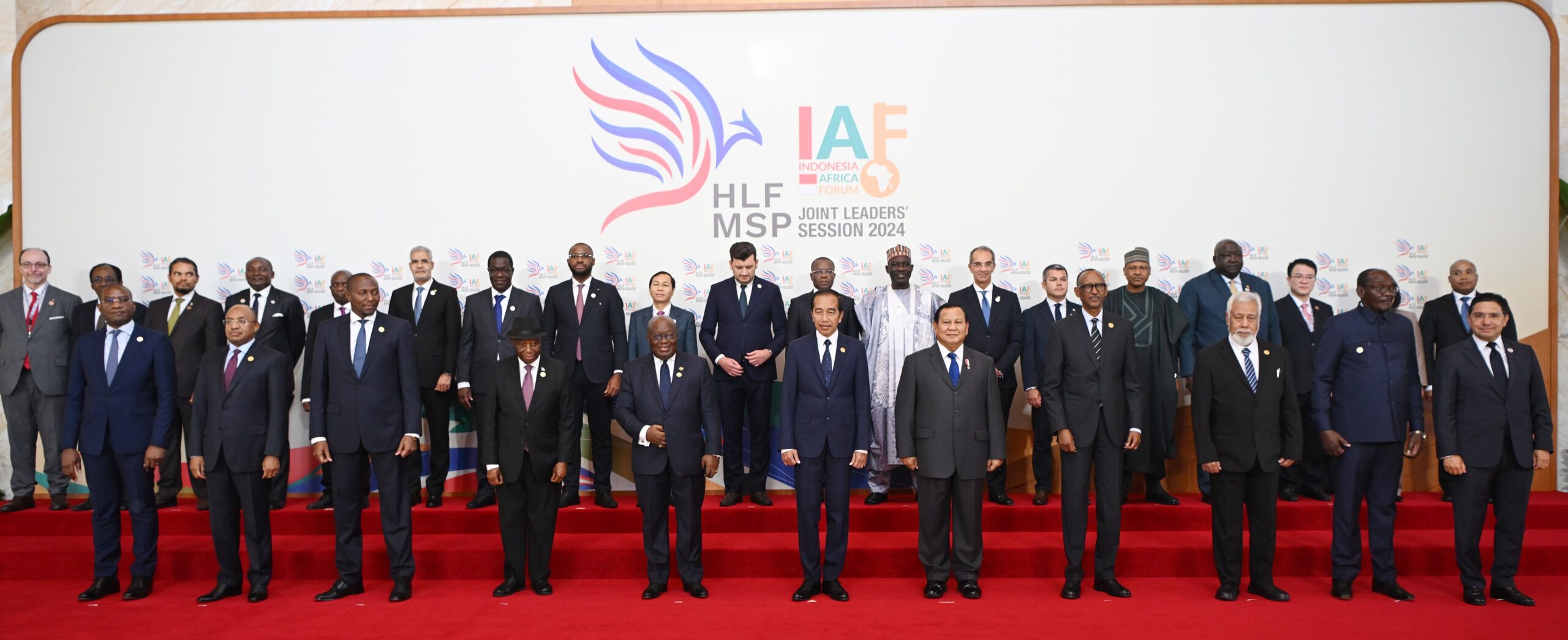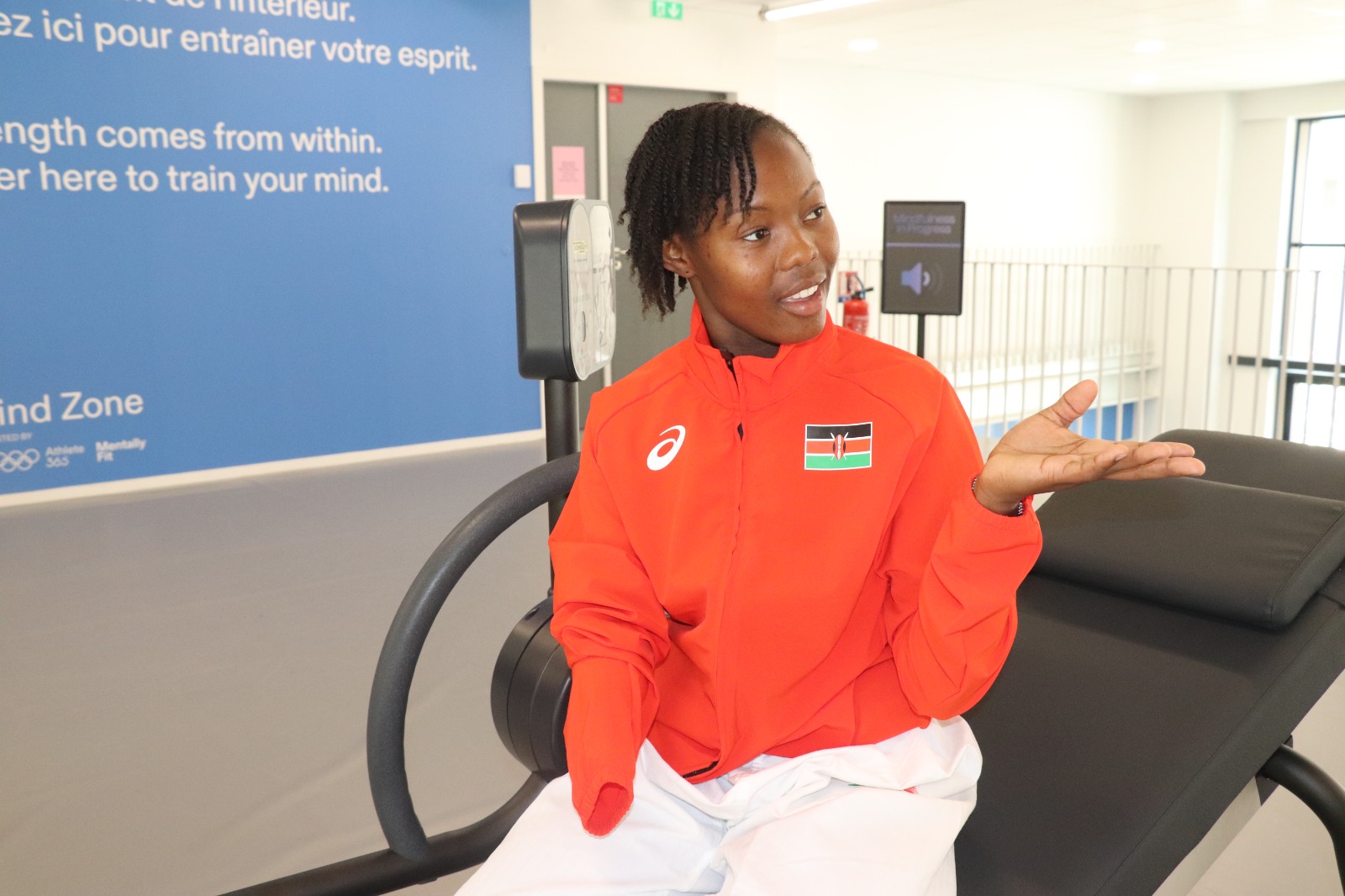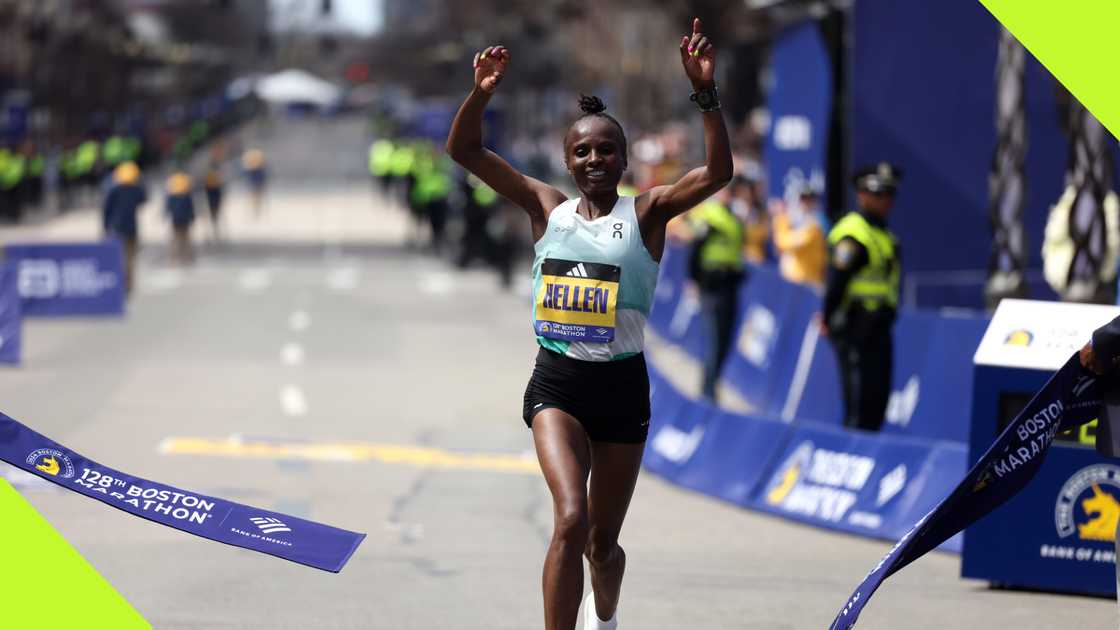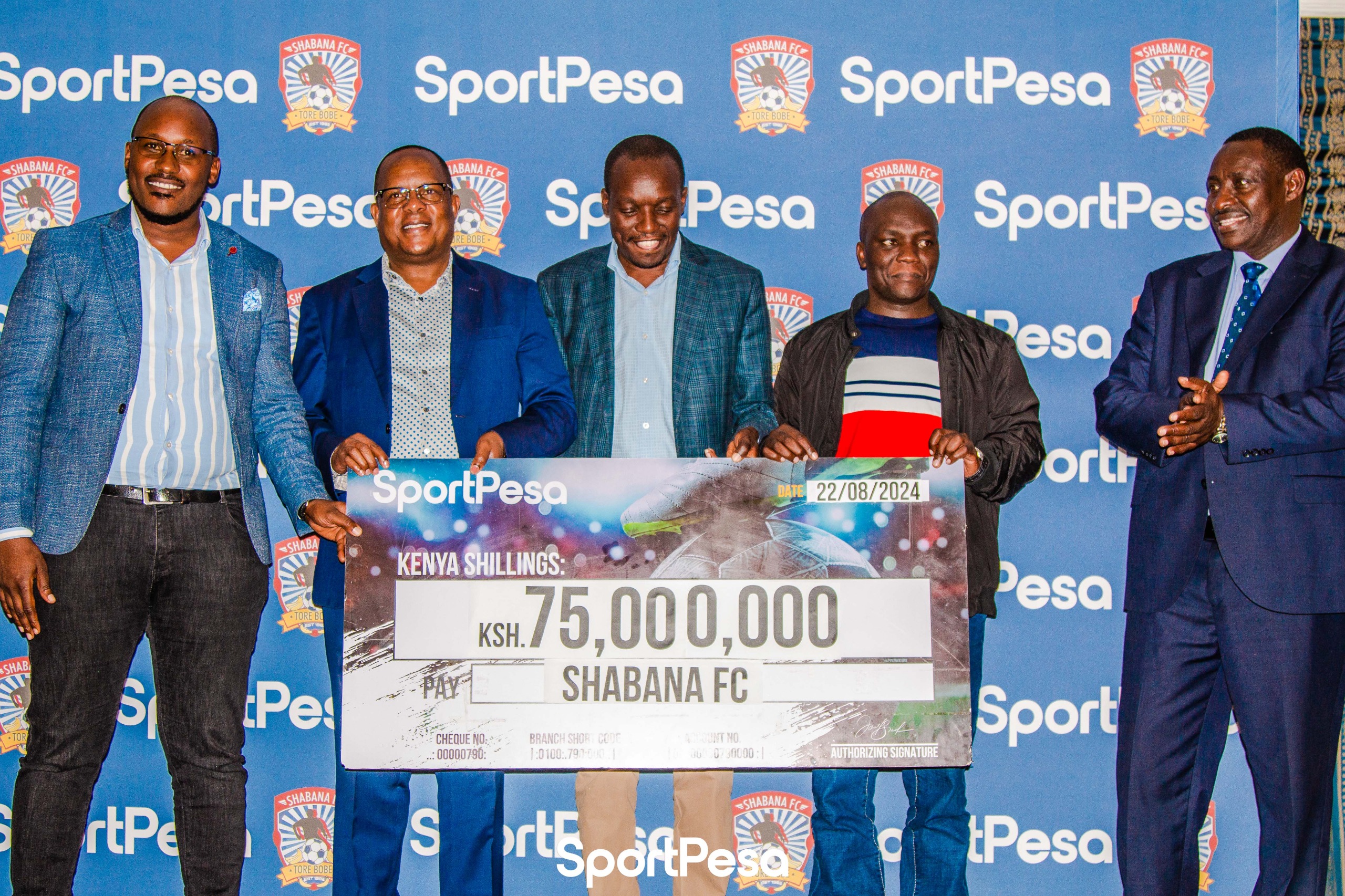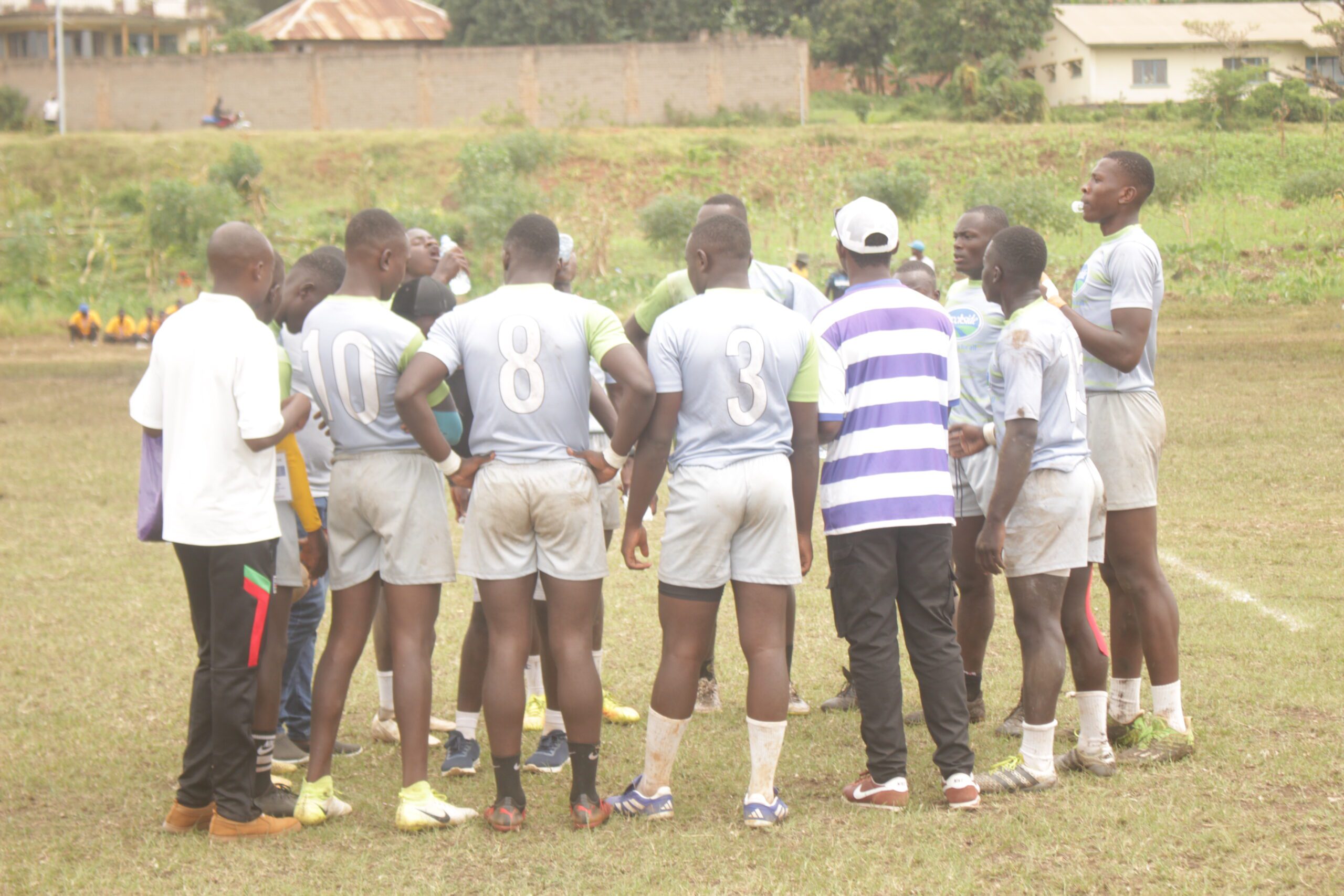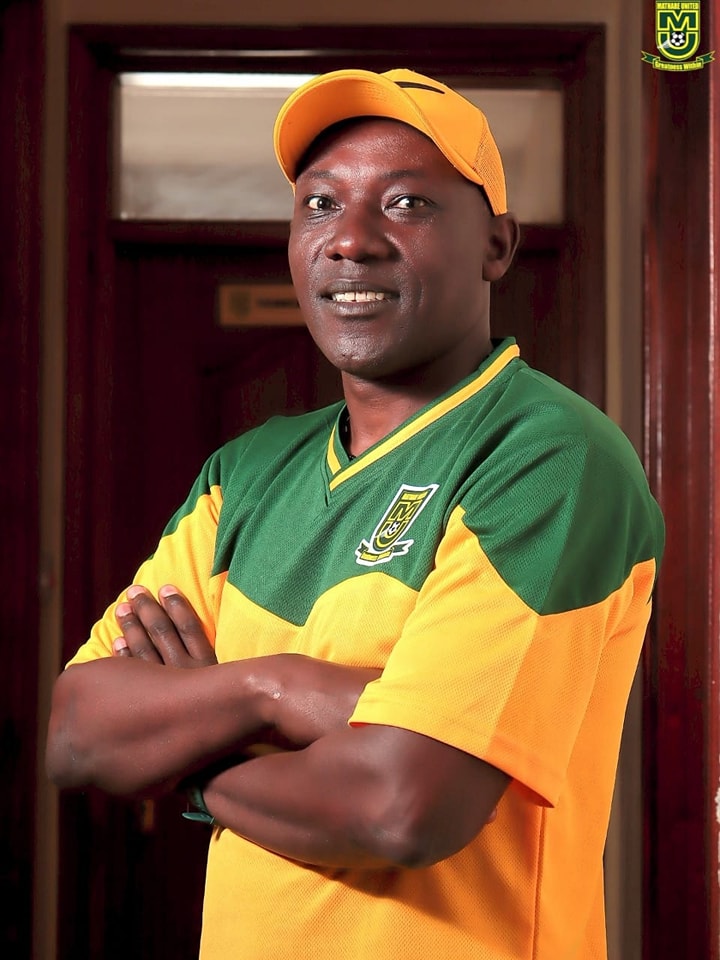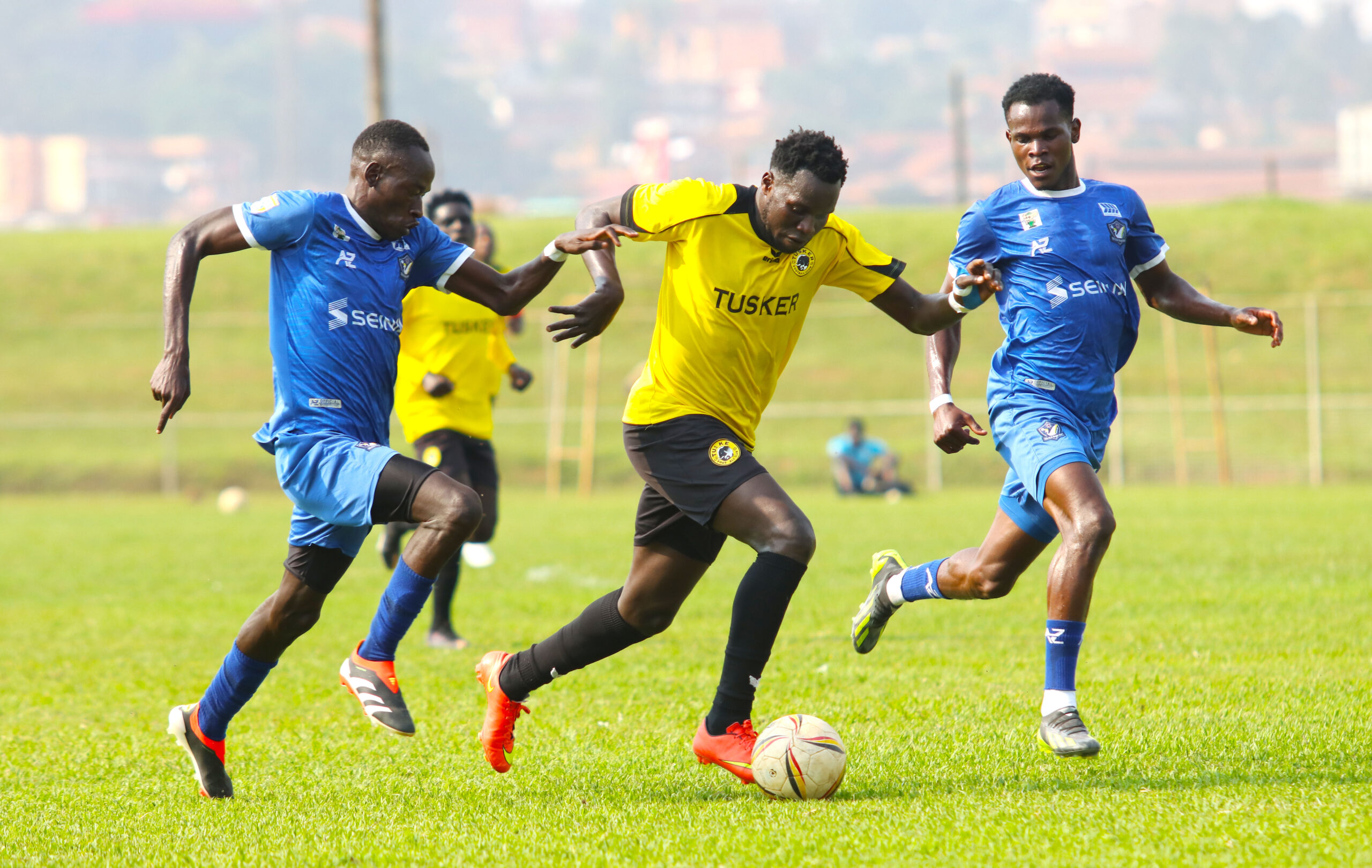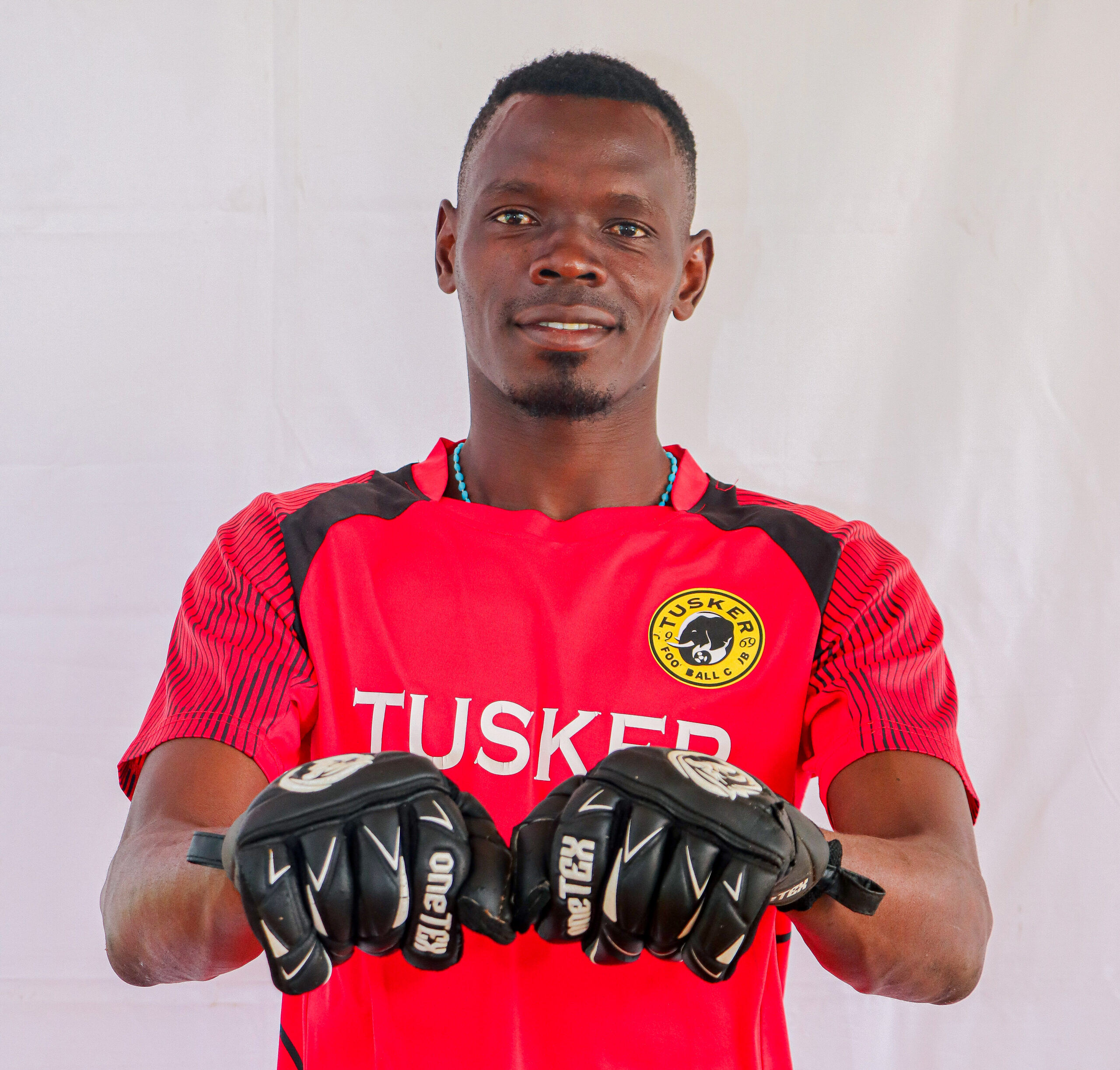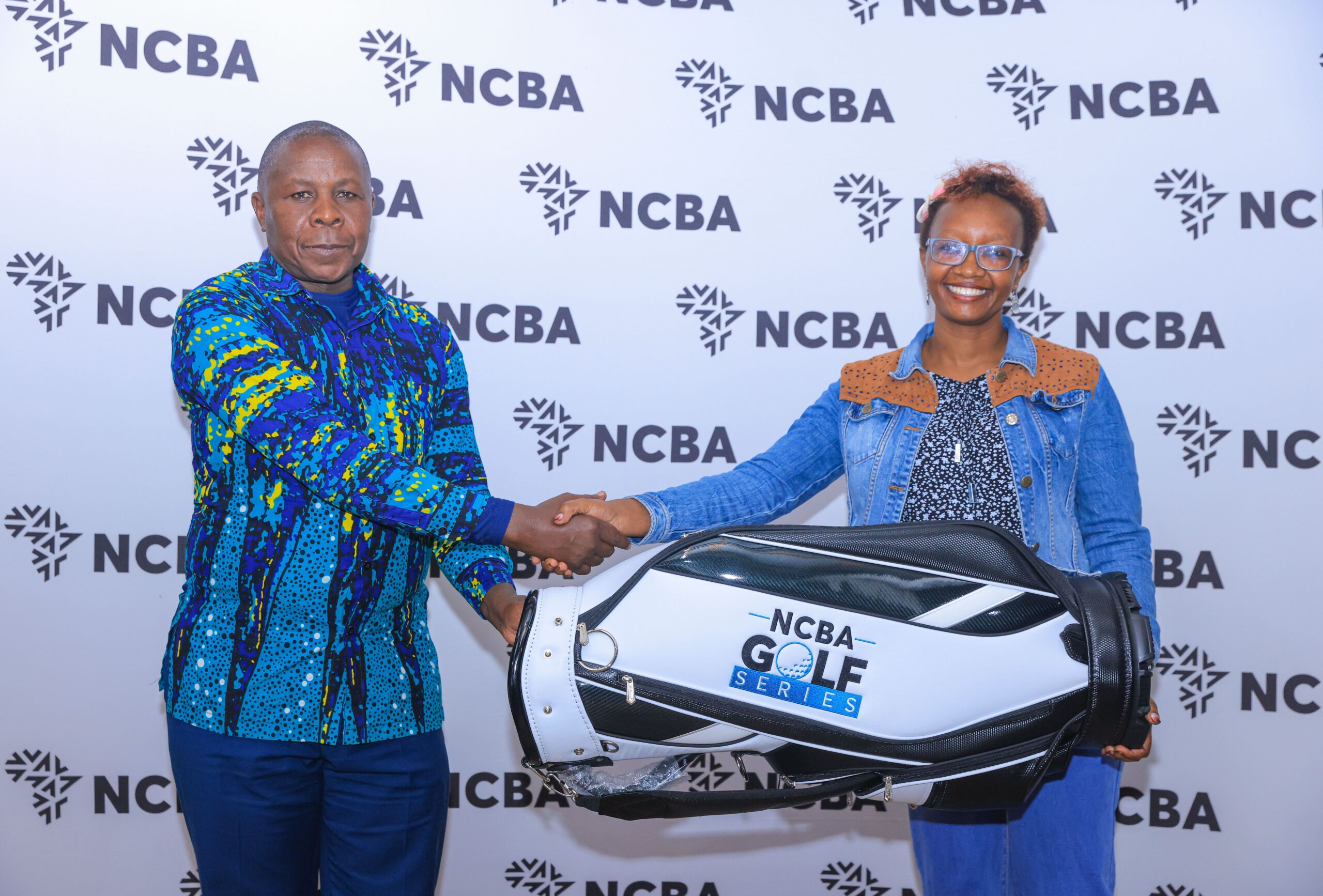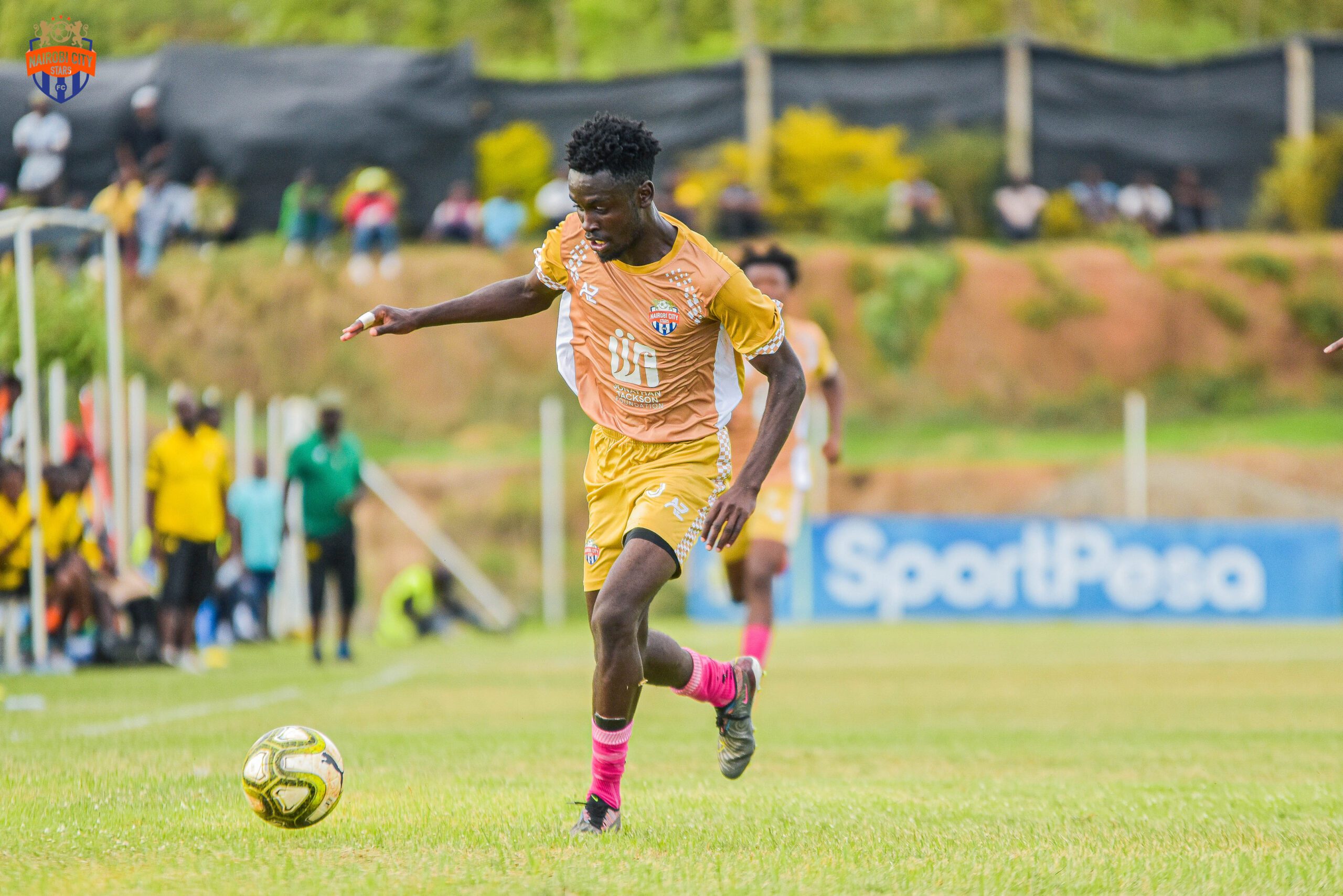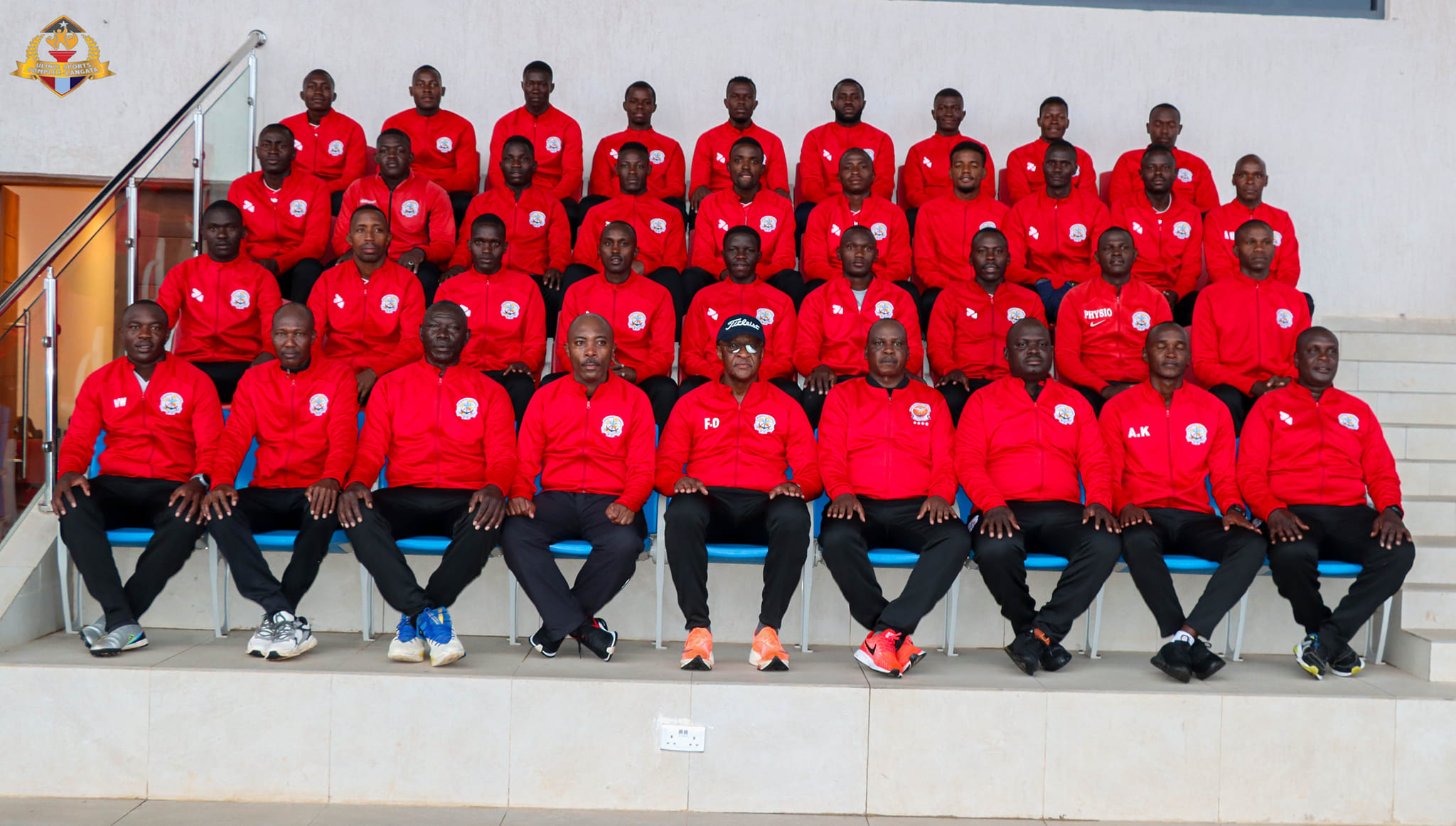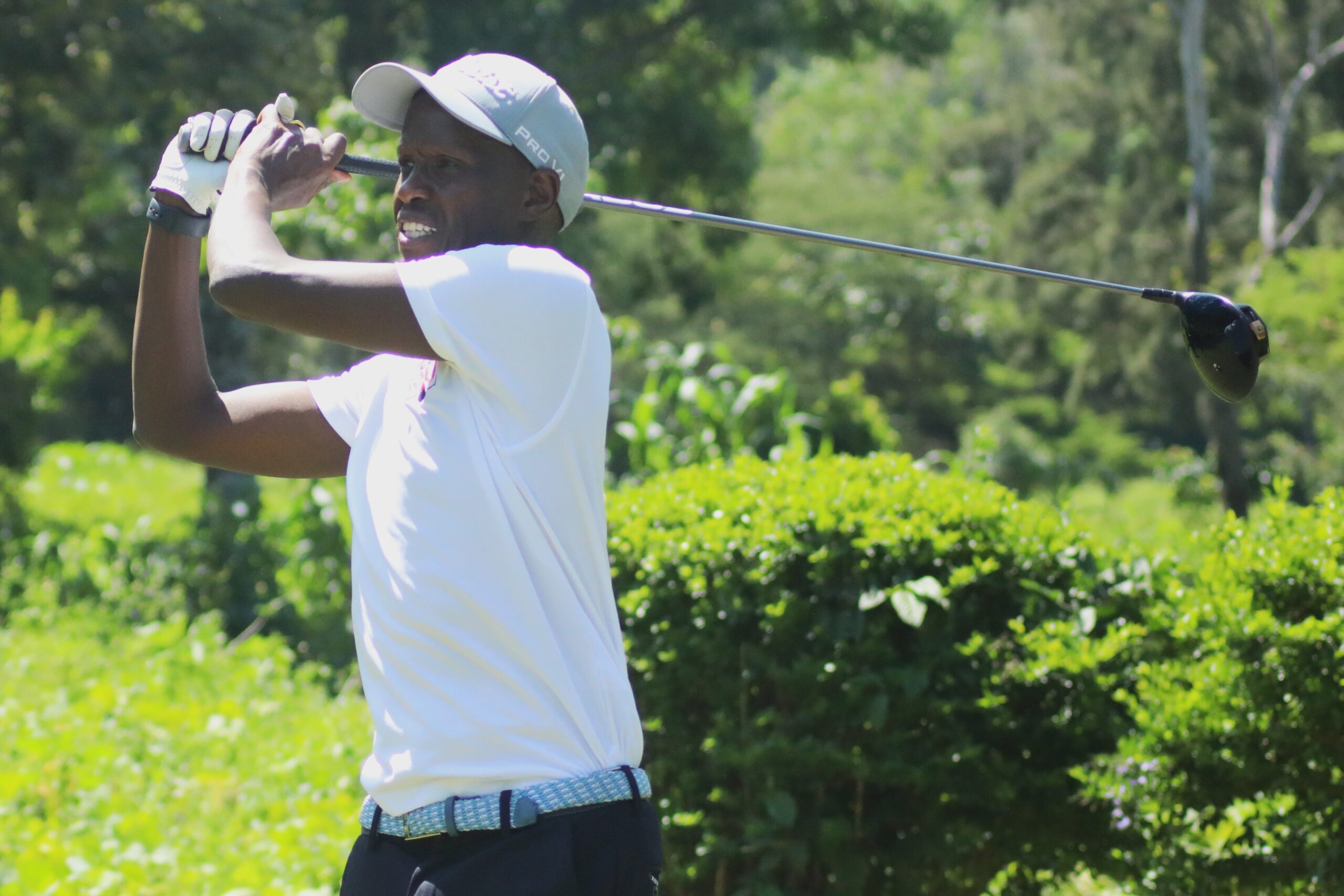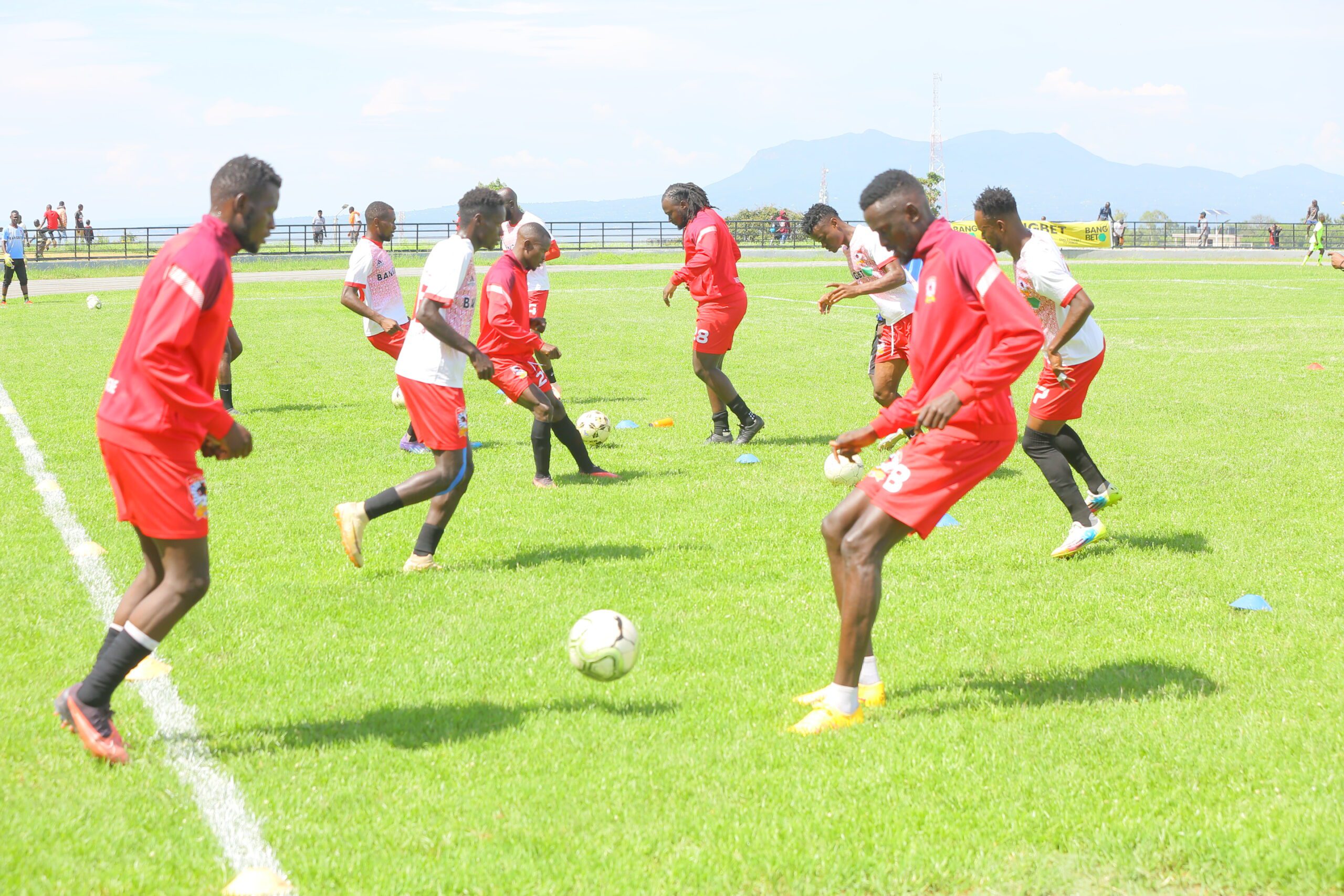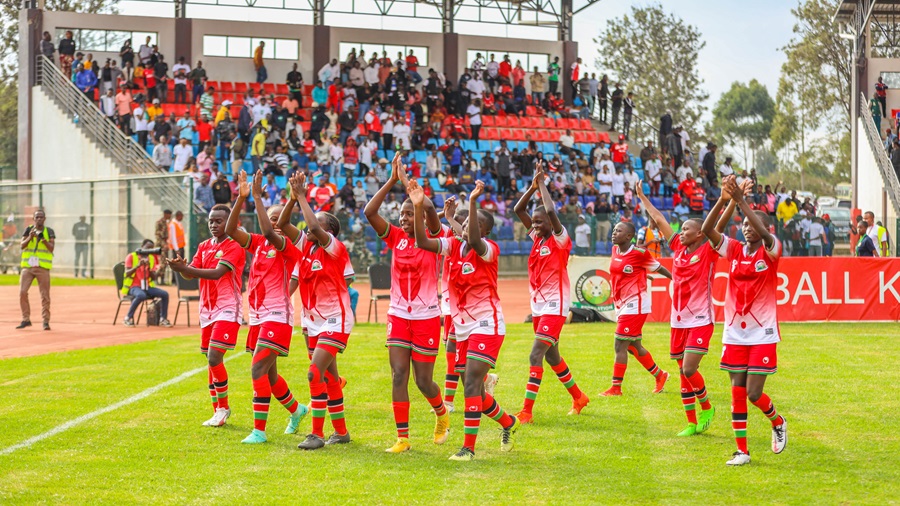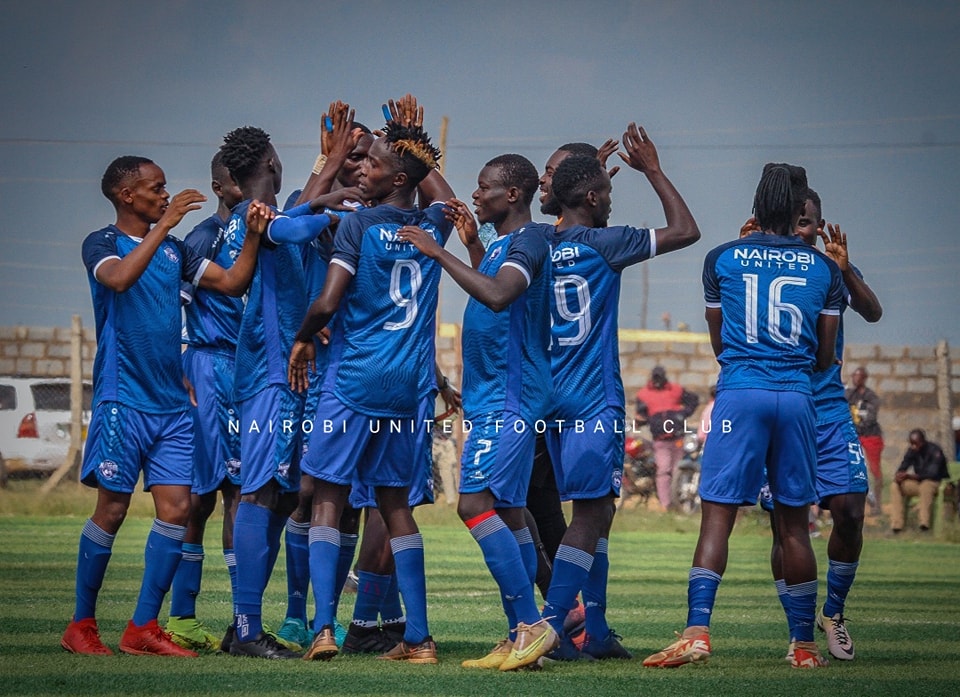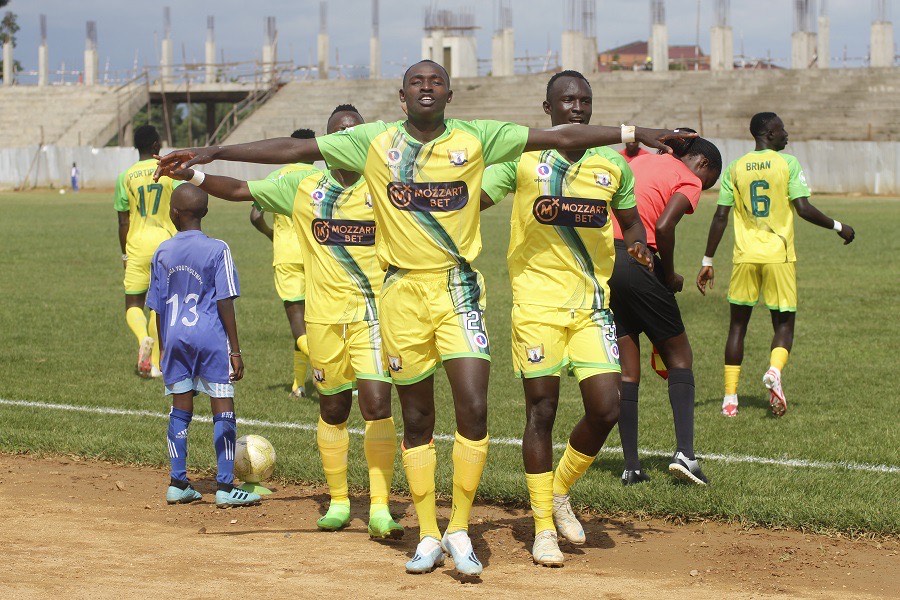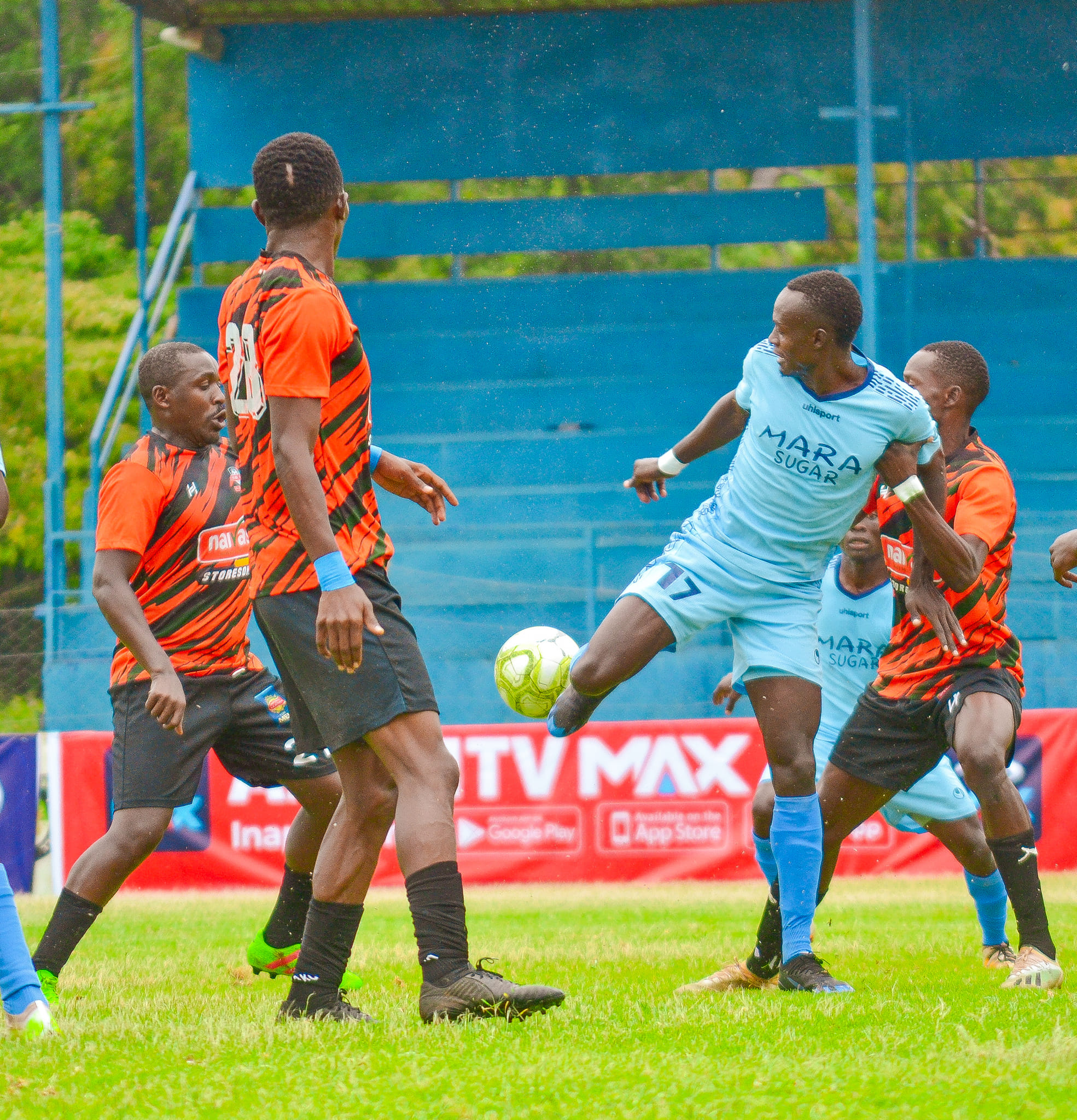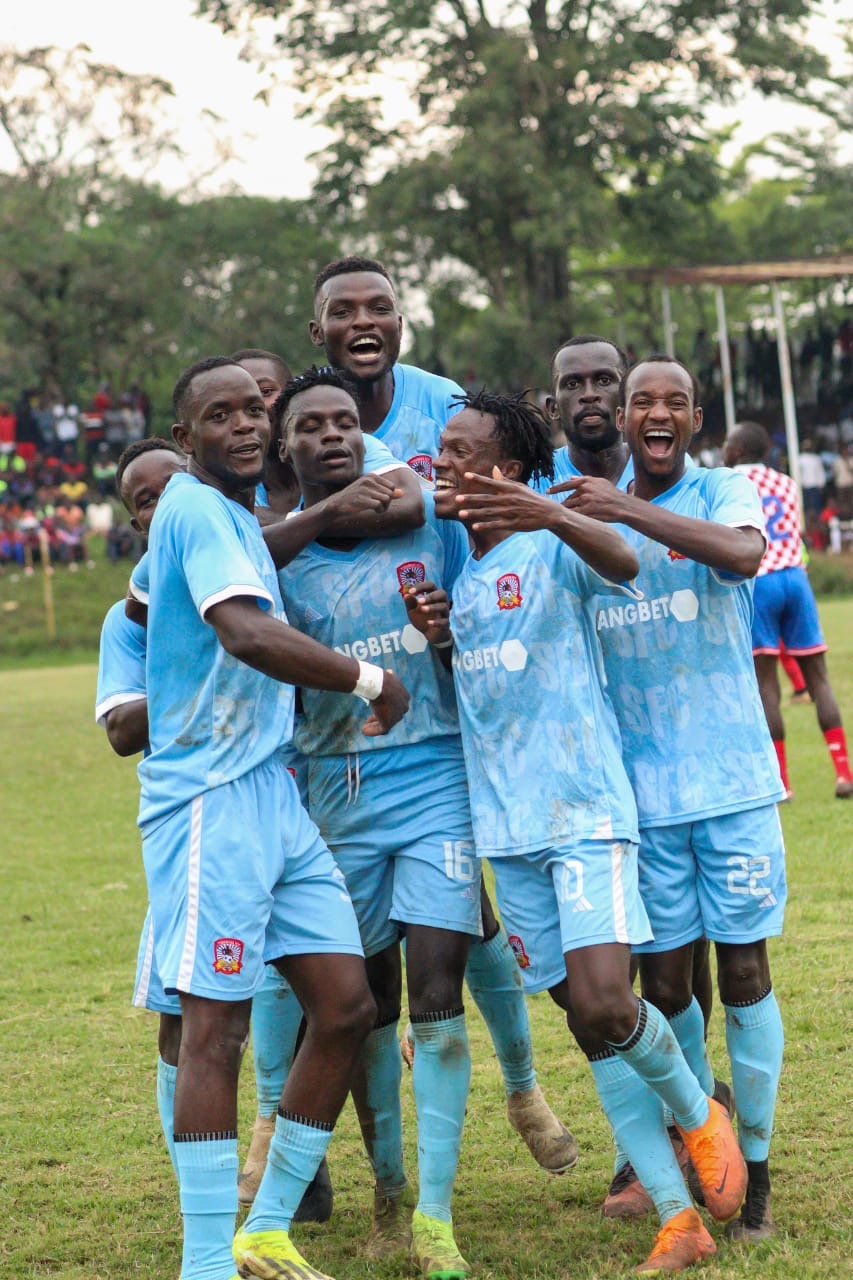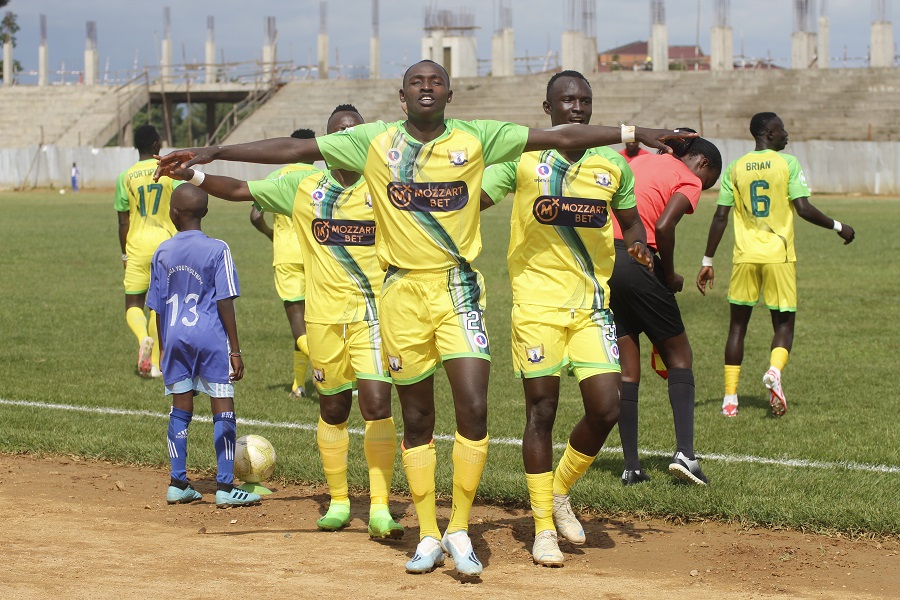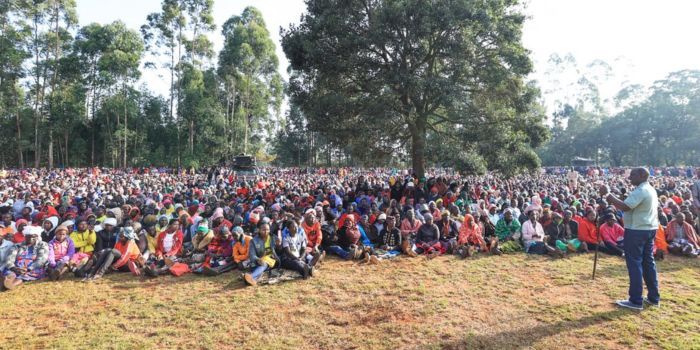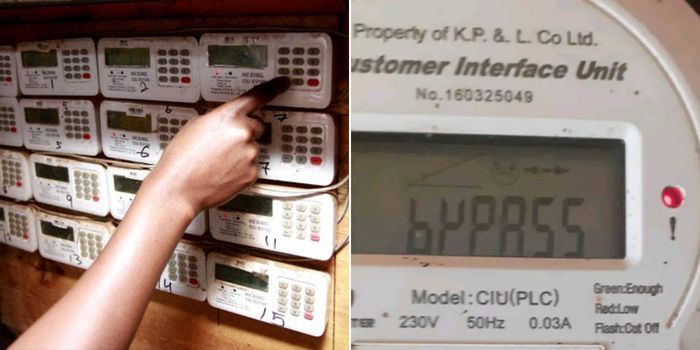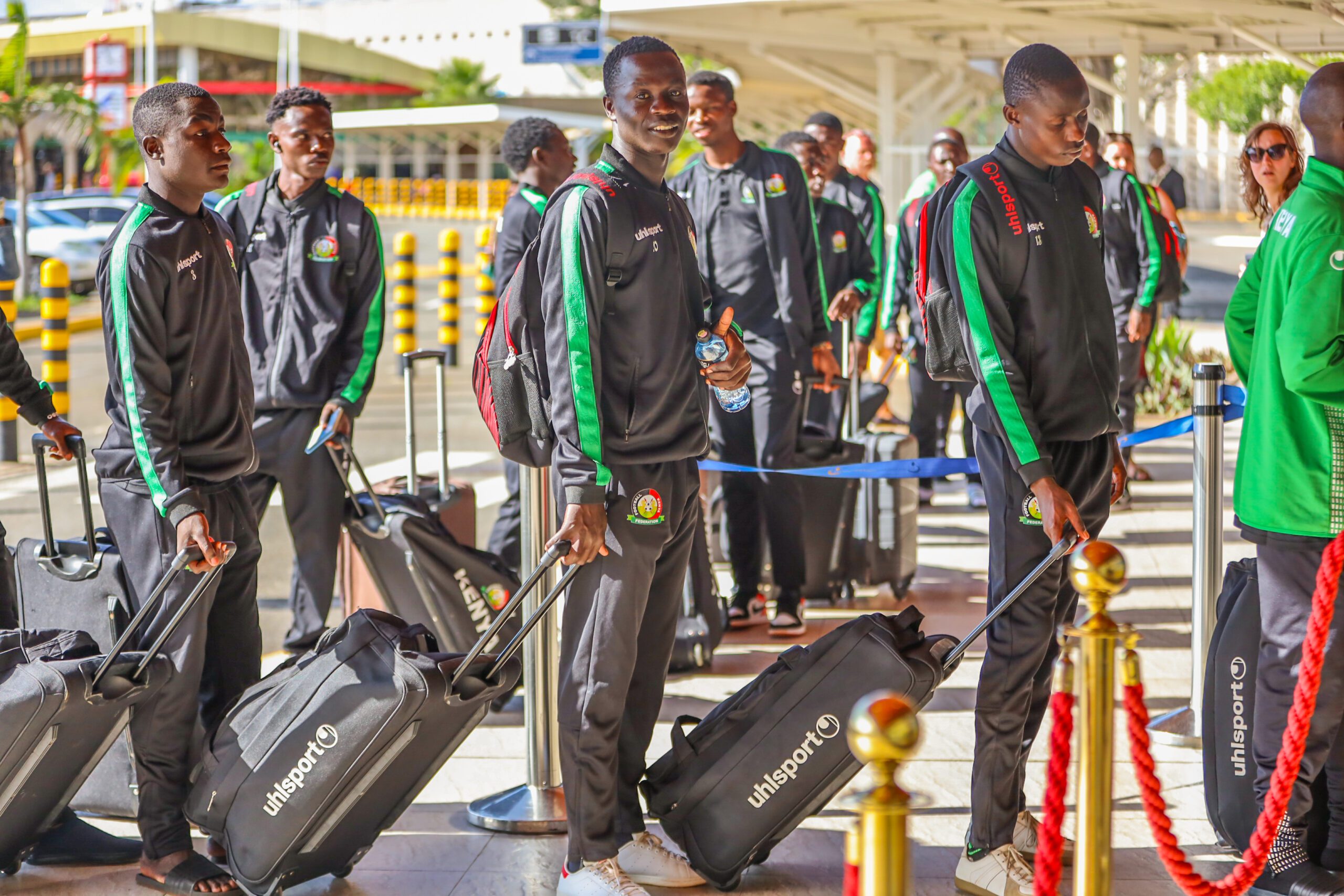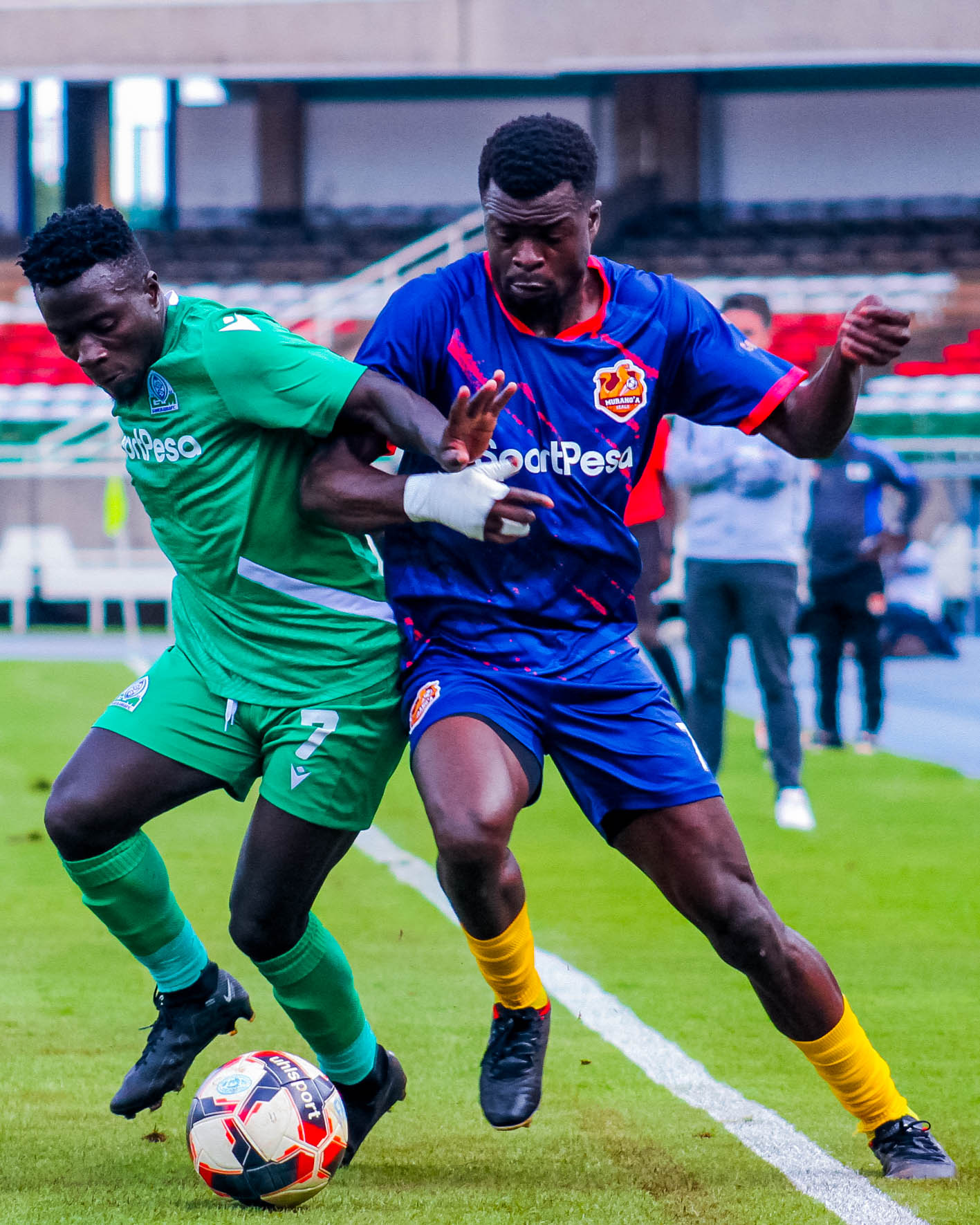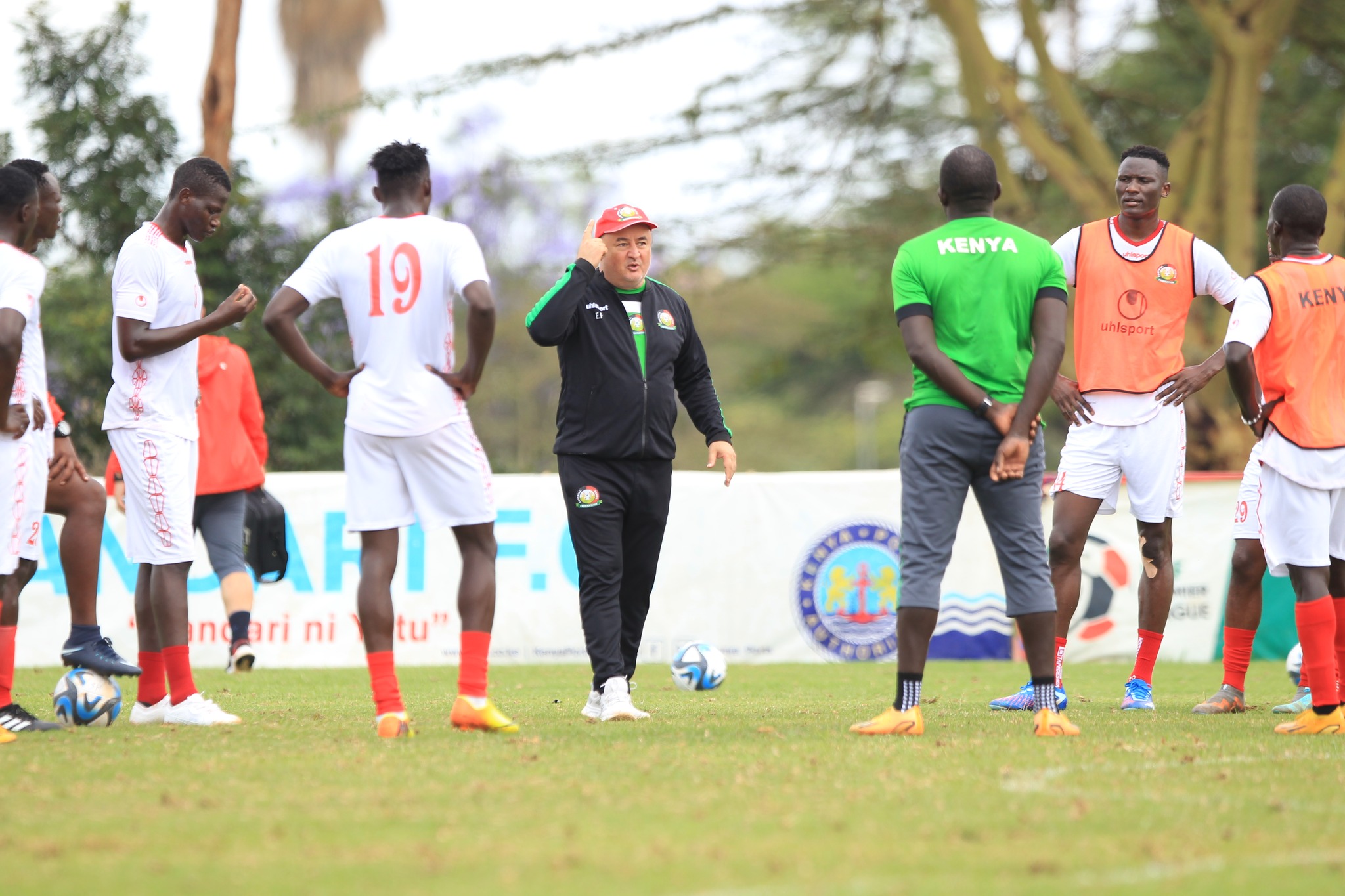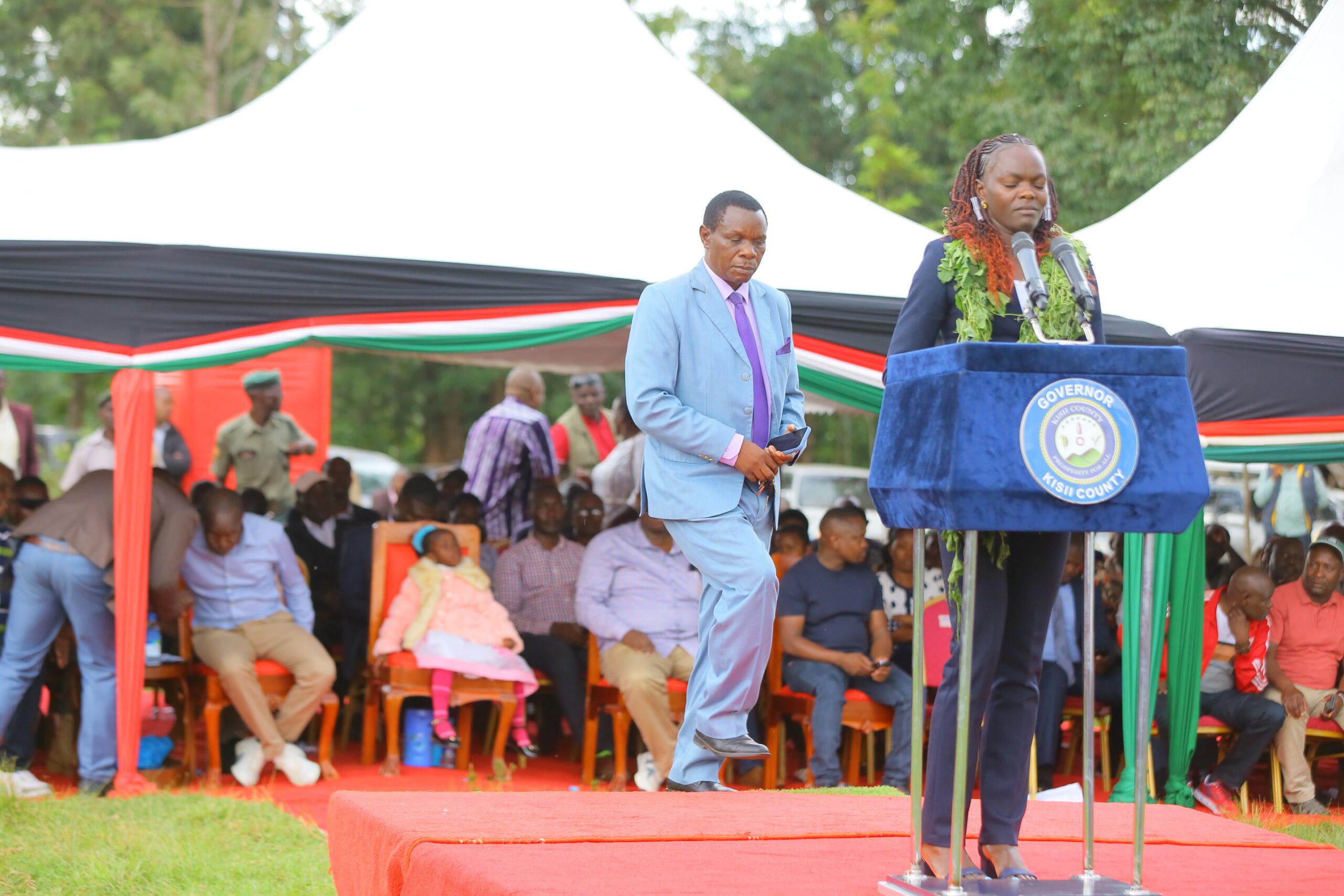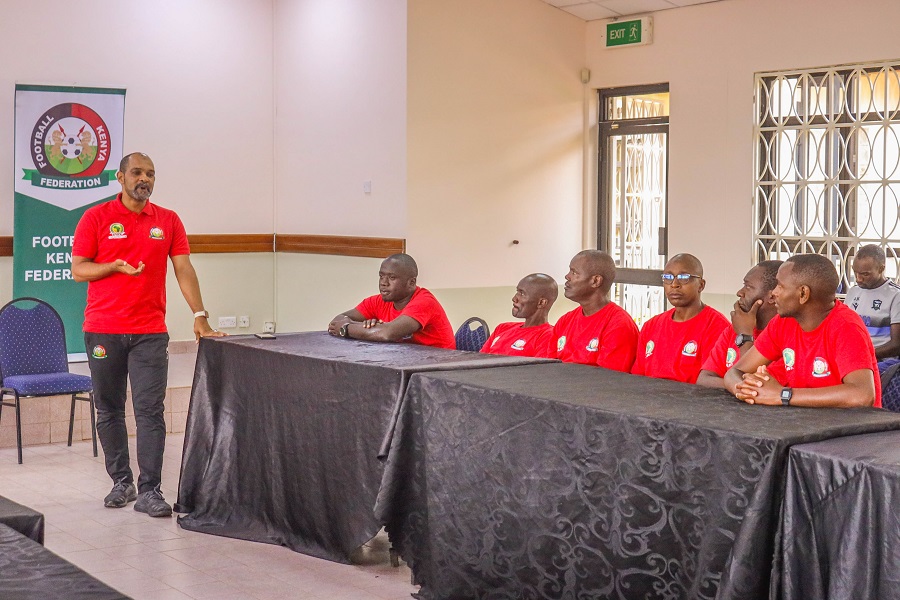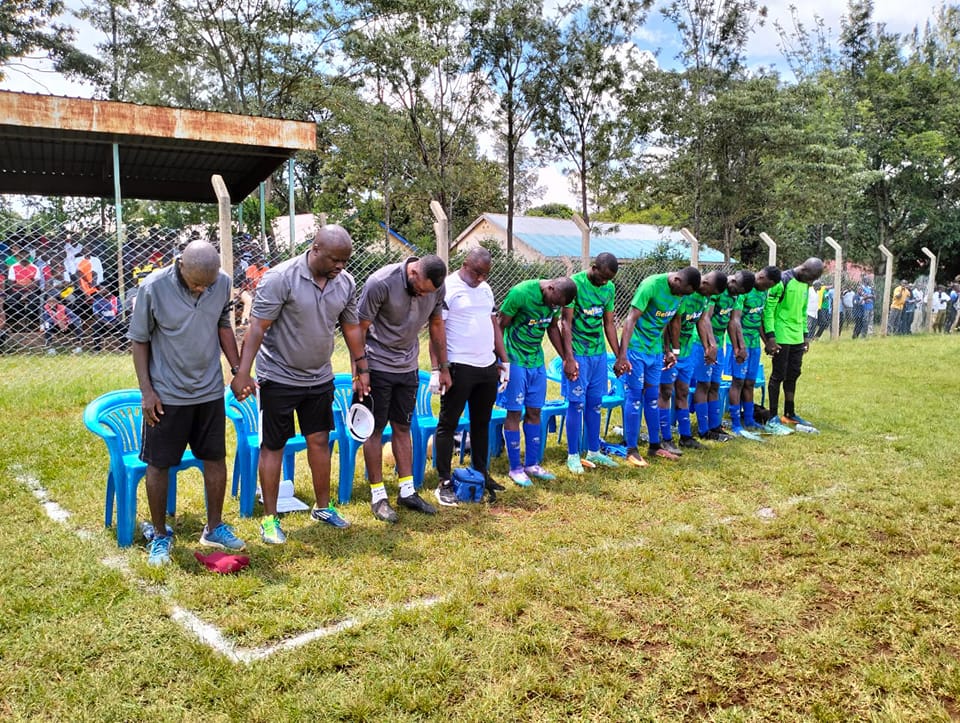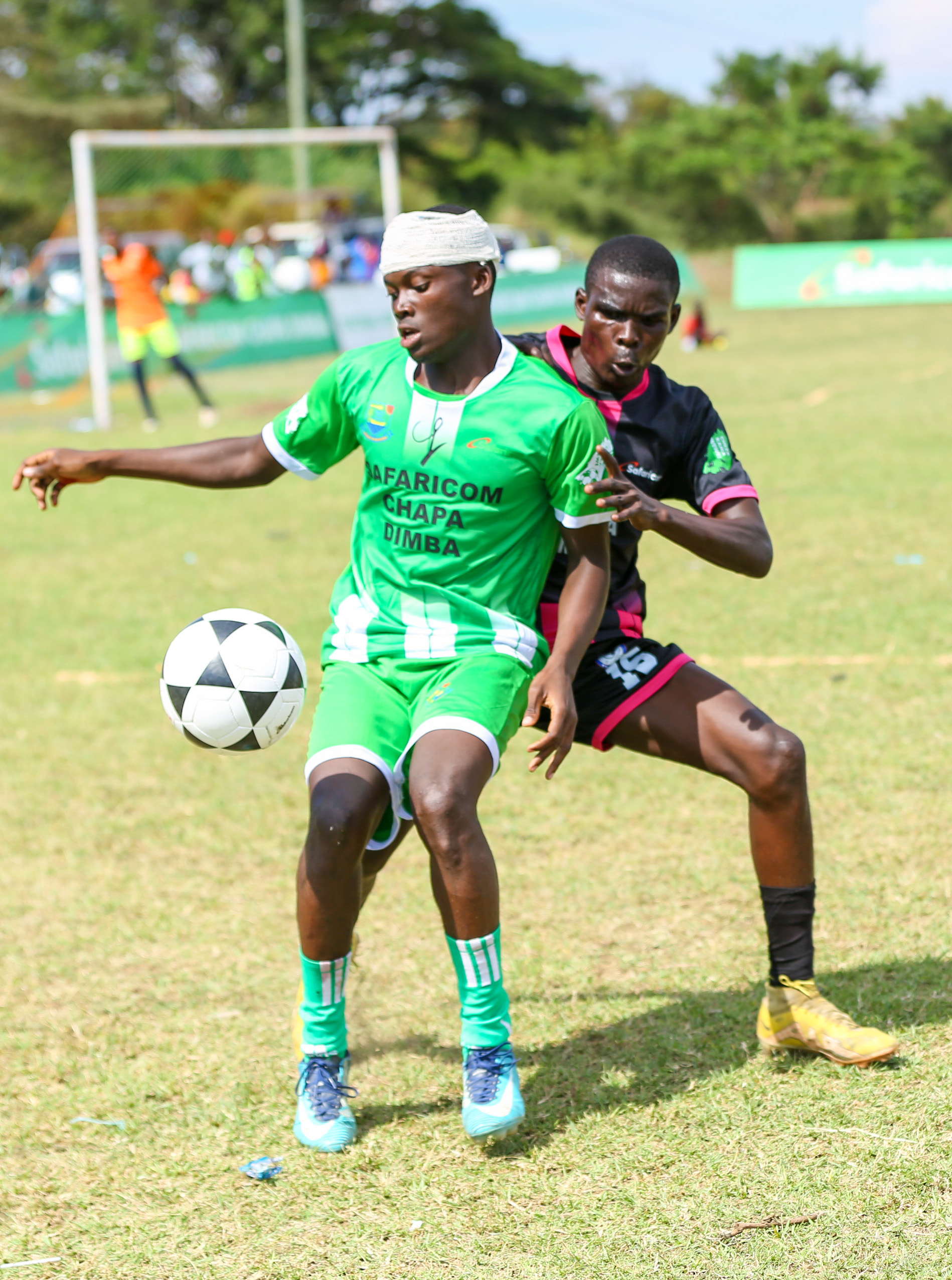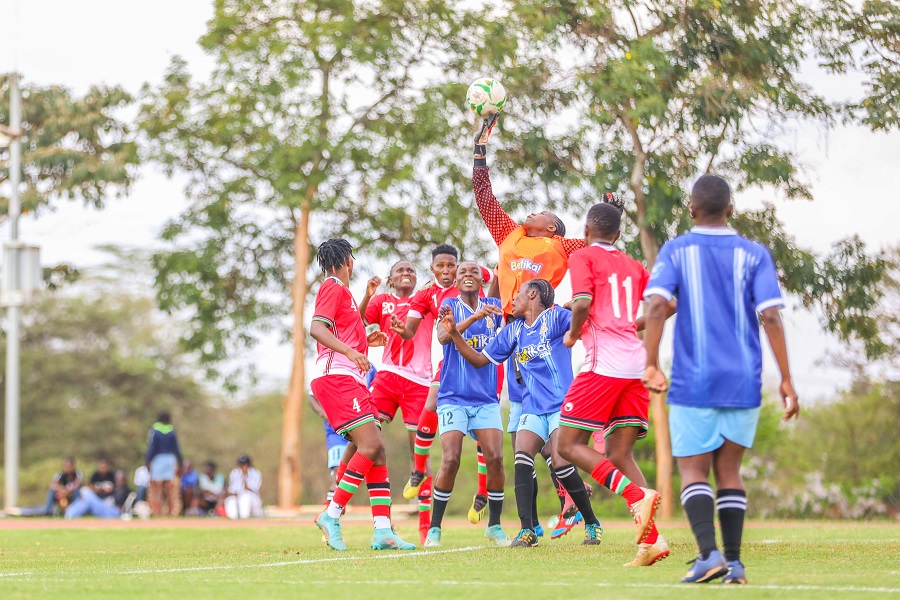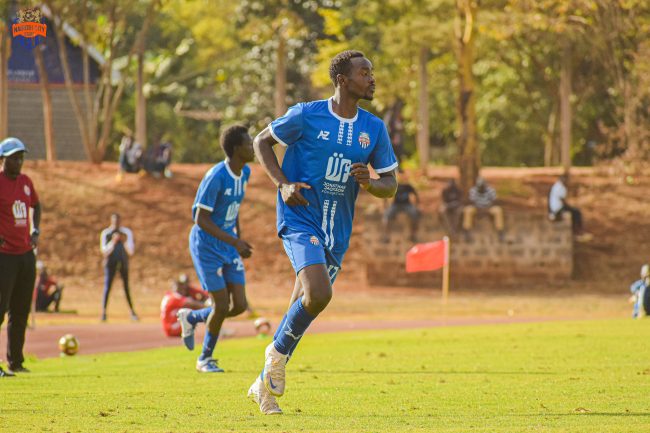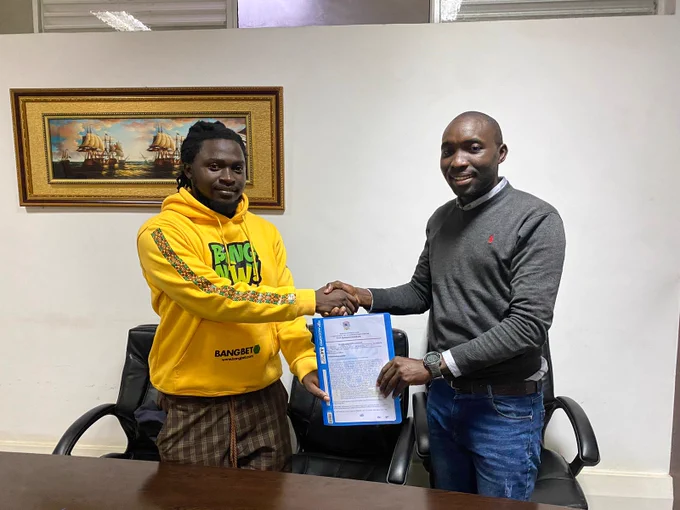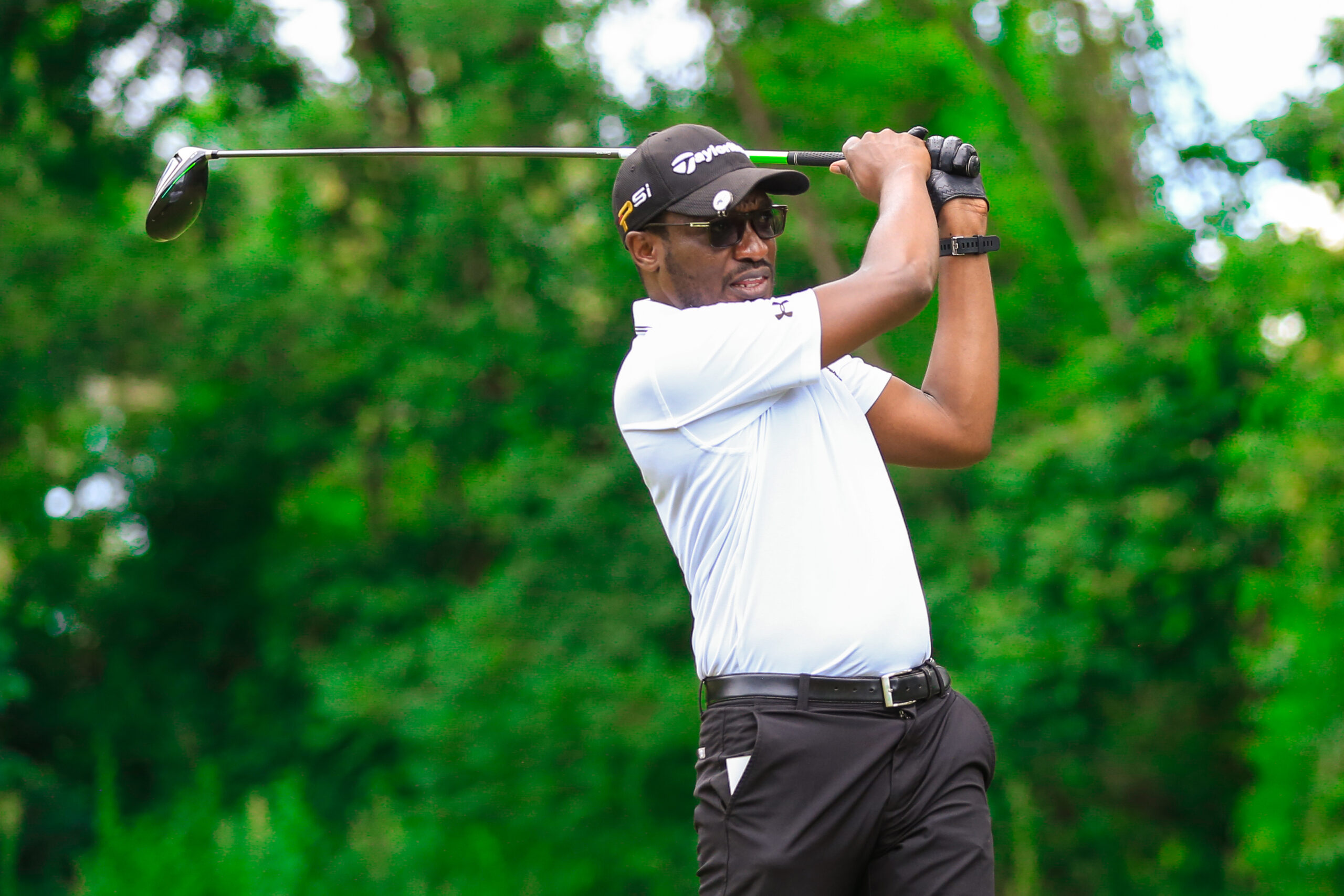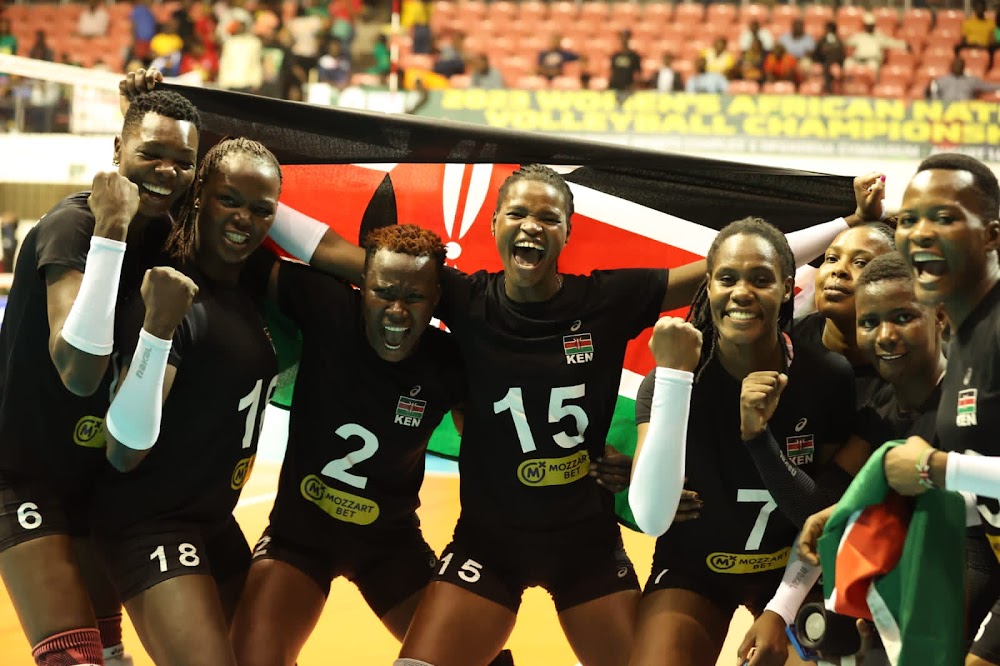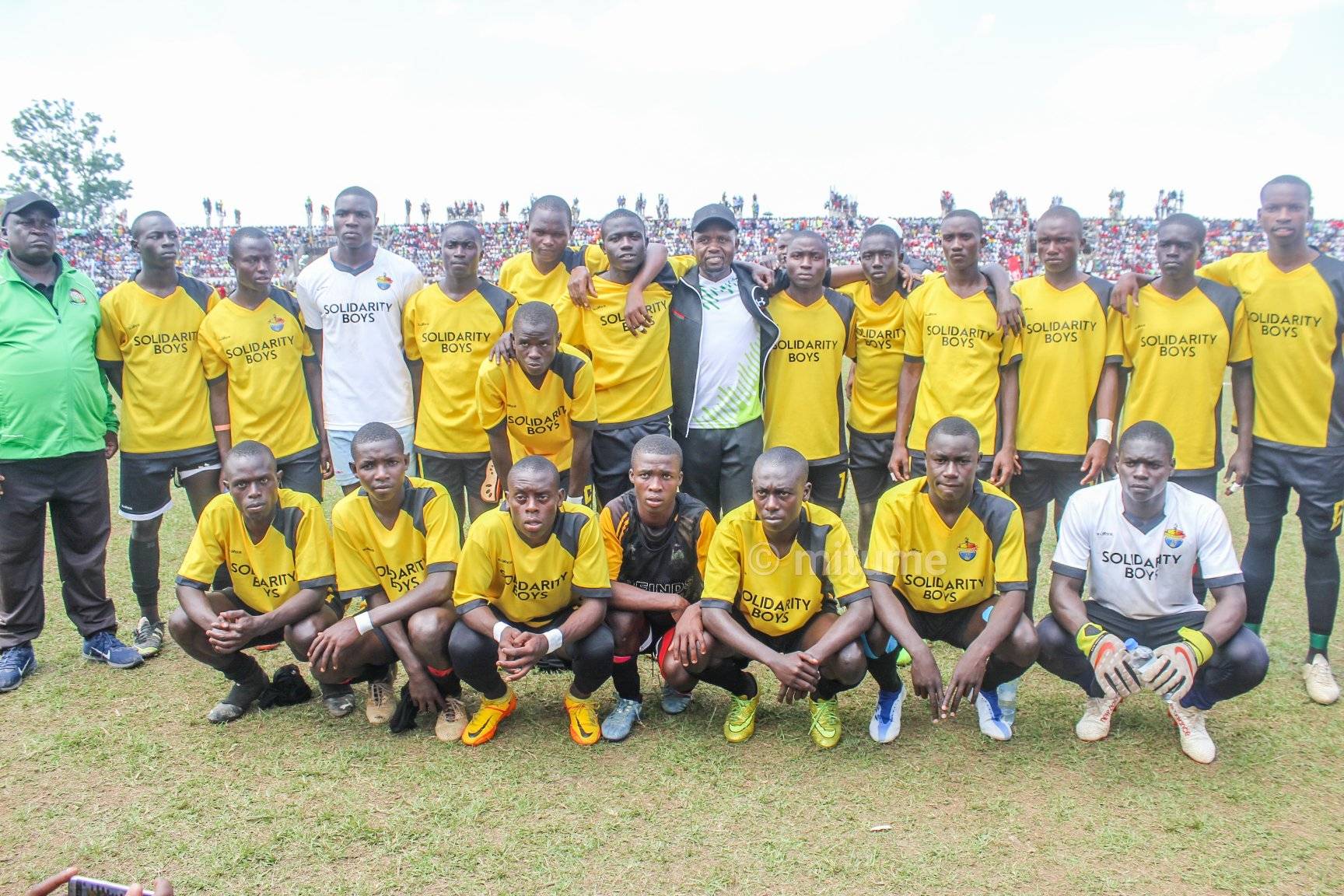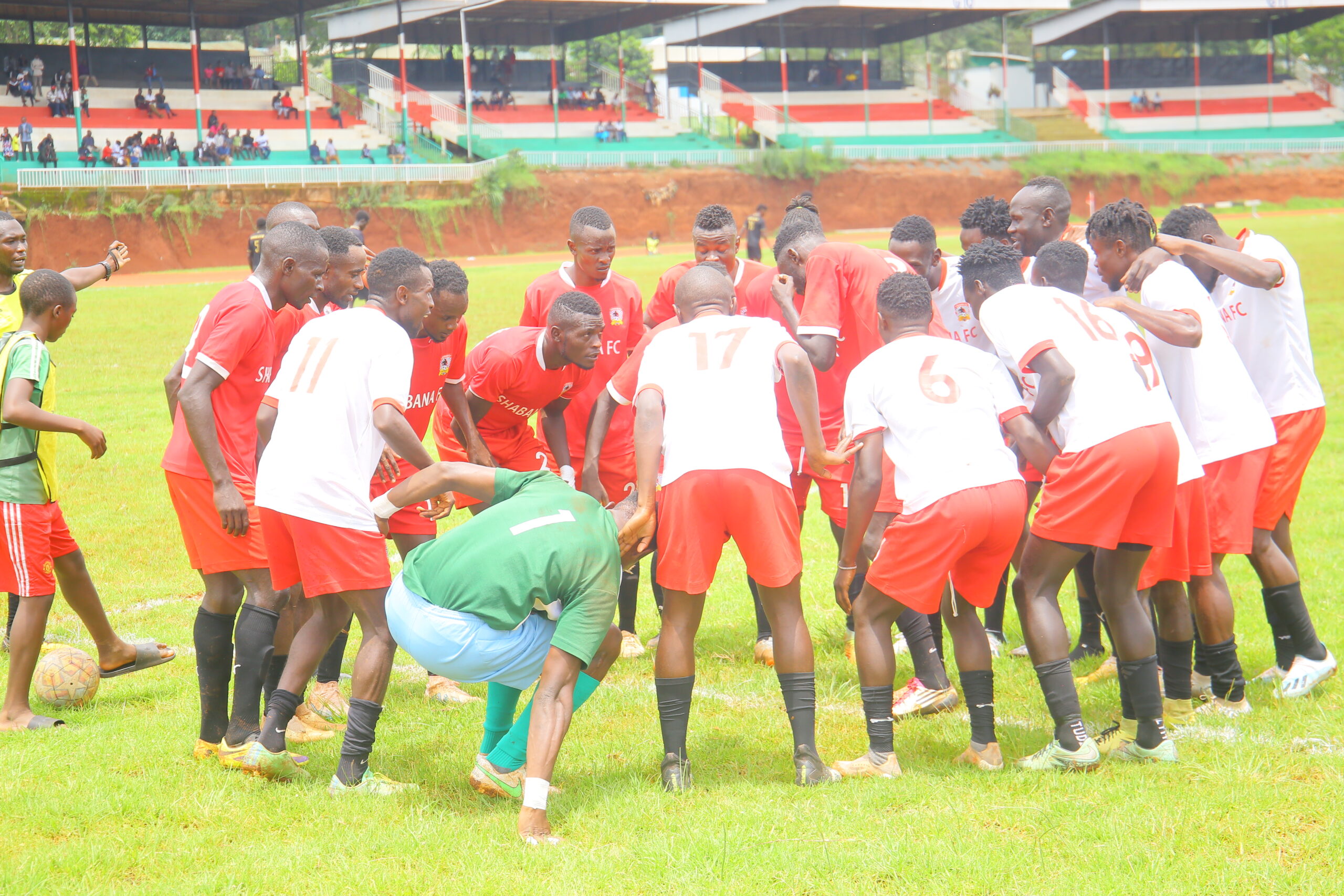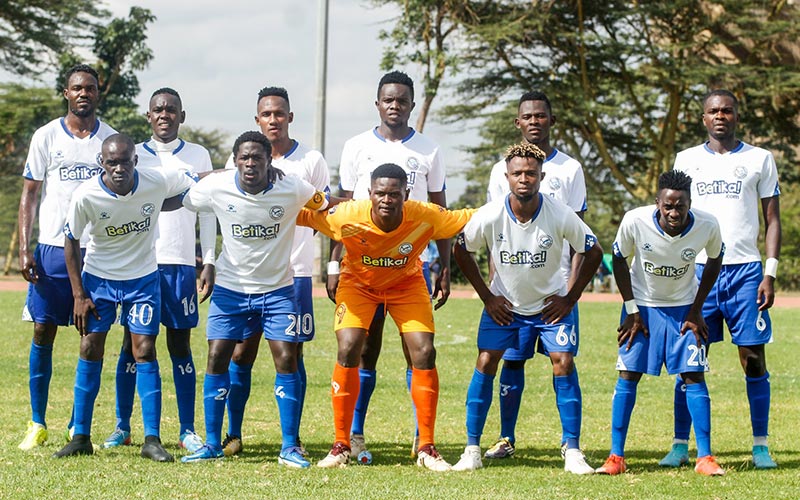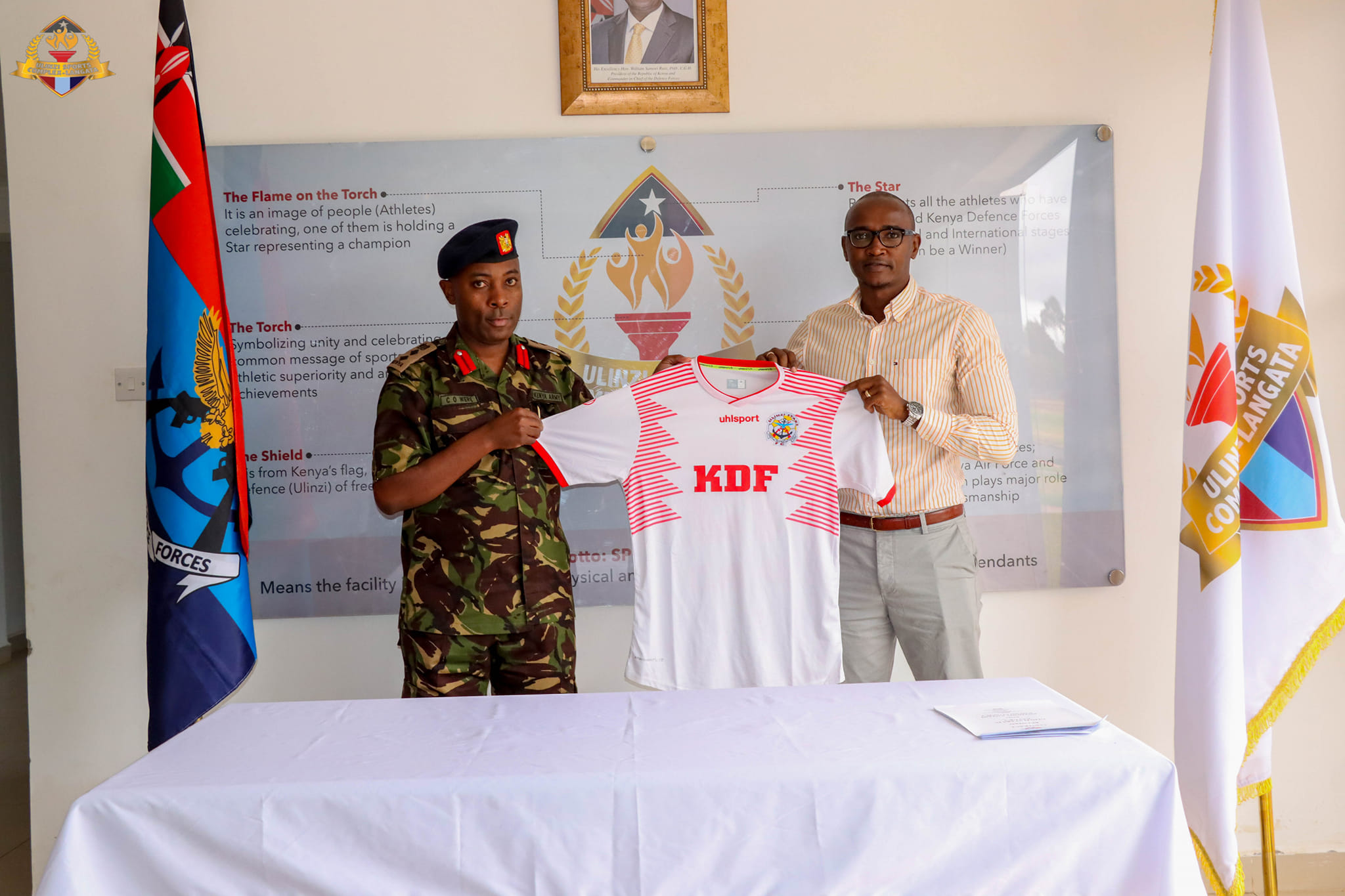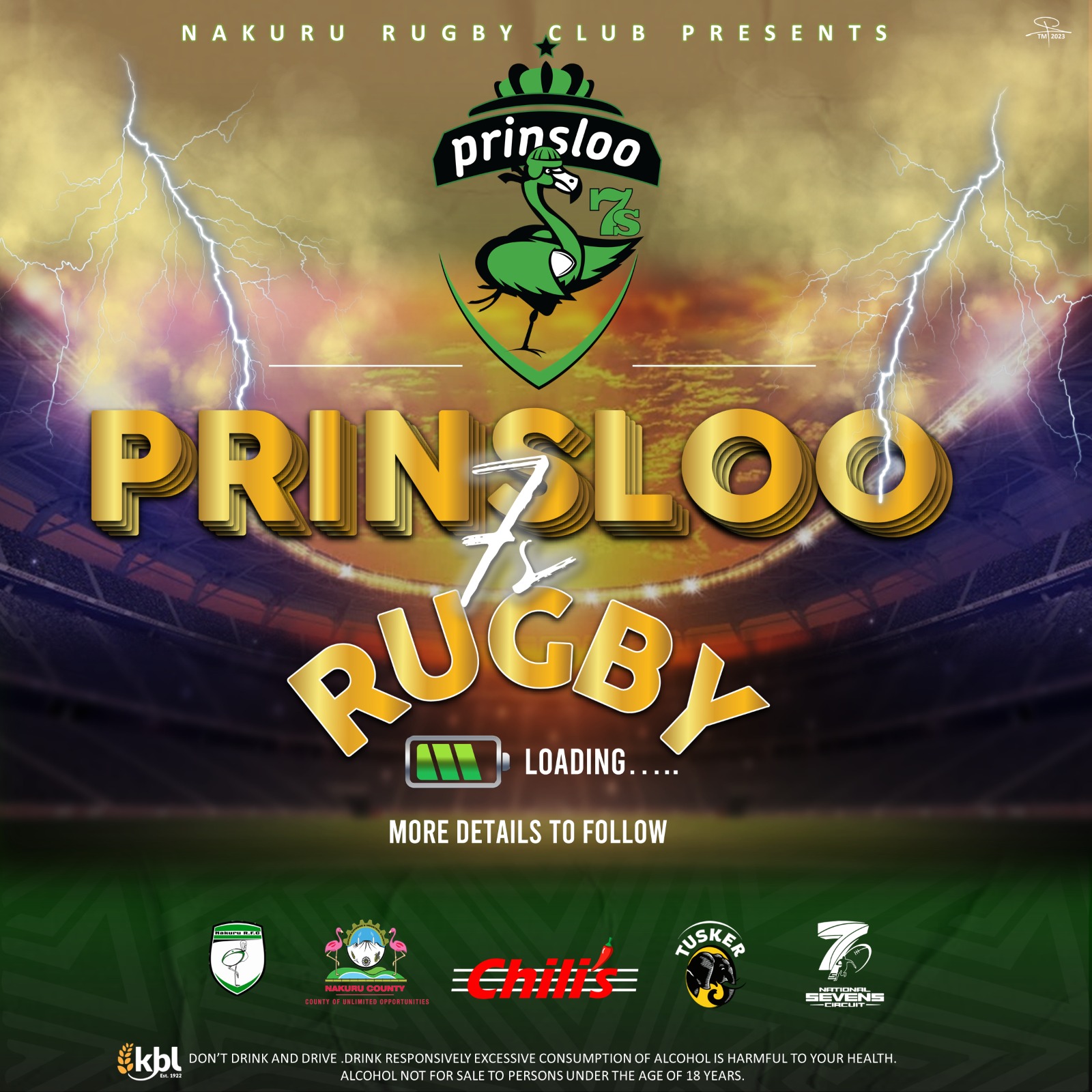

BY OUR CORRESPONDENT
The WRC Safari Rally aims to expand motorsport culture across East Africa by providing a high-profile event that will increase enthusiasm and participation at all levels of the sport.
Event Director Norris Ongalo while making the announcement noted that the move is intended to increase the number of African participants in the sport as well as create a platform for them to compete with the crème de la crème of world rallying.
“With a focus on young African drivers, the Safari Rally is committed to identifying and nurturing local talent through mentorship, training, and opportunities to compete at the highest level. By offering a platform for emerging African drivers, the Safari Rally seeks to increase the number of local participants in the sport, helping to grow the motorsport community across the continent,” explained Ongalo.
Ongalo noted that young African drivers will now savor the chance to compete on the revered world stage, showcasing their skills alongside international rally stars and attesting to the fact that Africa can also produce world-class talent, by and large.
The Safari Rally creates an opportunity for local sponsors to engage with the event and support African drivers, establishing strong connections between regional businesses and the global motorsport audience, Ongalo continued.
Ongalo says the route course for the 2025 WRC Safari Rally Kenya (March 20-23) is ready.
“Heavy rain around the period of March have been known to bring an additional challenge to an already gruelling rally and a dry event next year will be equally enthralling and challenging by Safari standards,” said Ongalo.
By and large, the Event Director believes Safari will continue to offer crews a taste of the energy-sapping African terrain and anticipated rains in March could provide unbelievably mud-splattering experiences that sometimes replace dusty roads in a matter of minutes,
Ongalo says his team has prepared well, and are actually rally-ready, adding that stages are all ready too, in terms of identification, and in terms of meeting the FIA requirements.
“We have three sets of changes. We have two new stages; we have a new spectator stage called Msabibu which is a new 8km speed test. We also have Camp Moran which is a 32km stretch, but over and above that we also have a new shakedown location which now moves away from the usual Loldia to the Sleeping Warrior.”
“The second set of change is that we have made some alterations to the stages, which is either reversive or additive. So, we have reversed four stages and edited two stages,” Ongalo explained.
In terms of spectator experience, the organizers are leaving nothing to chance: “We have to go big this year; this event has got to be spectator-centric, Each and every day we will have something for the spectator.
For example, Day One which is the shakedown, we have two fantastic spots for spectators in the new stage. Previously after Kasarani SSS, cars had to go back to Perc Ferme, but this time round we have introduced a stage after the SSS, which is an 8km speed test, so that spectators from Nairobi have a flair at Kasarani and those in the Rift Valley also have a flair at Mzabibu.”
Ongalo noted that safety will always remain A1 given the positive reports that Kenya has gotten from FIA.
“But this time round we are starting our recruitment process early for the volunteers. And then of course, their training comes earlier than before. This year our training was online but next year it will be physical. Safety-wise, we have tried as much as possible to concentrate our rallies as much as possible at specific points and avoid using the main corridors of traffic,” said Ongalo
The Safari Rally was first held in 1953, as the East African Coronation Safari in Kenya, Uganda and Tanganyika as a celebration of the coronation of Queen Elizabeth II.
In 1960 it was renamed the East African Safari Rally and kept that name until 1974, when it became the Kenya Safari Rally.
The event still retains it’s reputation as the toughest round of the WRC. Arduous conditions and constantly changing weather add the much needed zest to the event..
The event adopted a special stage format in 1996 and from then until 2002, it featured over 1000km of timed tests. The rally left the WRC in 2002 and returned in 2021.
Kenya’s Shekhar Mehta tops the Safari’s WRC roll of honour with five wins. Local Carl Tundo has also won the event five times as a round of the FIA Africa Rally Championship (ARC).













































